 Abraham Lincoln
If given the truth, the people can be depended upon to meet any national crisis...
Abraham Lincoln
If given the truth, the people can be depended upon to meet any national crisis...
 Guildford news...
for Guildford people, brought to you by Guildford reporters - Guildford's own news service
Guildford news...
for Guildford people, brought to you by Guildford reporters - Guildford's own news service
Birdwatcher’s Diary No: 186
Published on: 6 May, 2019
Updated on: 6 May, 2019
By Malcolm Fincham
Although my time during the last two weeks of April was spent chasing around the Surrey countryside trying to keep up with the summer visiting birds as they arrived, there was still time for a trip to the seaside.
No surprises to my regular readers and not quite the resort most holiday makers would hold dear. Apart from the birdlife, Farlington Marshes does hold some historical interest. During the Second World War it was used as a decoy site to lure enemy aircraft on bombing raids away from the urban area of Portsmouth. Being on the south coast, for me it’s a prime spot to catch a first glance of an arriving migrant bird.
Among the highlights of my visit there on April 19 included:
Several common whitethroats that had not long arrived back from their winter homes in Africa. Frantically singing, in the hope of being the first to attract a mate.
Sedge warblers could also be seen and heard as they also showed well for my camera.
Reed warblers were more reluctant, however. At least two sang vociferously, although it took a little patience before they “gave themselves up”.
These were all a “first for the year”, for me. I hoped I might see all the above species on my local patch at the Riverside Nature Reserve near Burpham, within the next few days.
Mediterranean gulls, now increasing in their numbers in the UK especially along the south coast, could be seen flying in small groups overhead at Farlington, making their distinctive calls.
While also adding to my “day list”, I was surprised to see at least 14 avocets, still present there. Having seen them on my previous visit, I wondered if some might stay to breed?
Coincidently, I also counted 14 whimbrels. These were well camouflaged, making them awkward to photograph. These were most certainly passing through to breed much further north.
Also well camouflaged at the back of the main lake was a jack snipe. Not easy to pick out, it was still positioned in the same area I had seen one earlier this year.
A few remaining black-tailed godwits, soon to head off to their breeding grounds in the Arctic Circle, were looking smart in their summer plumage.
Common redshanks were abundant and also looking quite colourful.
Lapwings, always a joy for me to watch displaying, could be viewed. Some had already begun breeding at the reserve.
While oystercatchers I feel, can always make a good picture, especially in flight.
As always, the Cetti’s warblers proved not so easy for a decent picture.
With my patience of getting a decent photo of them running out, a raven flew low, close by. Landing in a nearby field, it nonchalantly pecked the ground, while keeping a close eye on my movements.
The brent geese that winter there (apart from just one with a damaged wing) had now departed. Returning on their, 2,500-mile journey to their breeding grounds in Siberia.
Continuing my ventures around the Surrey countryside, there was much to seen locally too!
A brief visit to Papercourt water meadows near Send, gave me a surprise sighting of the short-eared owl having wintered there. Though no sign of a barn owl on this occasion.
At Tice’s Meadow near Tongham, a few of the common terns that breed there had made their return from their winter homes in Africa.
Several common whitethroats added to the bird sounds around the reserve. A reed warbler could also be heard singing in one of the reed beds. Although getting a few glimpses of it, It remained elusive to my camera.
A surprise visitor was a brent goose – possibly the one with the injured wing I saw at Farlington? It was looking quite content, however, feeding among a small group of Canada geese.
While some distance away, perched on a pylon, a common buzzard could be viewed in the late afternoon sunlight.
A visit to Botany Bay near Chiddingfold with Dougal, on April 22, helped to add a few more photos to this year’s collection. Although my optimism of spotting an early wood white butterfly on the wing were to be dashed. It turned out to be a fruitful visit in the way of birdlife.
Several nightingales had recently returned from Africa and were jubilantly singing their beautiful melodies. We even had the pleasure of being serenaded by one while I took a few pictures.
(David Rose adds: I visited Botany Bay on Sunday afternoon, May 5, and recorded two nightingales singing. Click on link below and listen to the audio clip).
Nightingales singing at Botany Bay
Among the many birds singing there included the distant call of a cuckoo, too far off to view, and plenty of blackcaps.
Adding to the symphony the similar song of a garden warbler could be picked out. Following its sound, and with much patience, eventually it briefly showed just long enough for a photograph.
However, marsh tits were a little more confiding.
And a few green-veined white butterflies could now be seen out on the wing.
Continuing my travels around the Surrey countryside I visited Whitmoor Common, a heathland, just to the north of Guildford.
A fire had broken out the day before (reported by The Guildford Dragon NEWS) and I obviously had concerns about the disruption of the wildlife.
I was most grateful for the rapid attention it must have received from our wonderful fire service. However, some of our resident nestling chicks must have taken a “hit” by the flames, within what was once dense gorse.
The fire had been extinguished before it had chance to reach other parts of the heathland.
At least two willow warblers could be heard singing. With the sound of their delightful songs as the evening light faded, one of them perched out in the low sunlight, obliging a photo opportunity.
I was also able to get my first view and photos of a cuckoo this year. Distant at first, I was later able to get a few photos as it flew overhead, perching briefly in a pine tree.
Dartford warblers were on their best behaviour. One in particular showed very well for me. Seemingly unaware of my presence as it displayed its agility, it plucked insects from a nearby gorse bush. It hovered, attempting to impersonate a humming bird.
I saw a great spotted woodpecker perched on the side of a silver birch. I lined myself up for a picture and looking through the lens suddenly I could see two of them. Thankfully there were and it wasn’t the fault of my camera, or me, after all!
In a nearby field beside the heathland once used for grazing horses, the yaffle of a green woodpecker could be heard.
I watched it as it took flight across the now neglected grassland.
A pair of blue tits could be seen busily flying back and forth to a hole in a silver birch tree, collecting caterpillars to feed to their young.
A visit to Thursley Common is always an enlightenment to my heart on a pleasant day. Especially at this time of the year, when the gorse is flowering, giving off a light fragrance of coconut.
Avoiding temptations for the time being to give my respects to Colin the Cuckoo at the Parish Field, having already achieved a few pictures of his cousin on Whitmoor Common, I concentrated on adding a few photos of new species to this year’s library.
A tree pipit was the first of my additions as it perched up, singing in full view.
Also new to my sightings this year was a common redstart.
As well as getting a hobby to add to my year list.
Among the regular resident species linnets were now looking colourful in their summer plumage.
While long tailed tits were always a delight to watch.
Studying the pools beside one of the boardwalks, I was also able to pick out a raft spider.
The following day, in the company of David Rose, we visited Milford and Witley Commons, just south of Godalming. All the species I was able to point out – such as tree pipit, stonechat, common whitethoats, Dartford warbler, and the delightful song of at least two nightingales, (and briefly glimpsed), and views of garden warblers in song – were of great interest to David.
I was much pleased for his contributions too. Especially when he picked out the infamous sound of a yellowhammer before I had the chance to.
Homing in on the location of its call of “little bit of bread and no cheese”, it didn’t take too long to spot it, as it perched at head hight close by.
At the Riverside Nature Reserve on a reasonably sunny afternoon on April 20, a number of butterflies had come out to play.
These included a comma butterfly, close by the lakeside.
To the north of the lake several orange-tip butterflies were “on the wing”, often settling on the lady’s smock still in flower there.
Holly blue butterflies where becoming a common sight, not just around the reserve, even spotting a few recently in my own back garden.
A new one to this year’s list of photos were speckled wood butterflies, seen in the shadier areas near the hawthorn hedgerow to the south of the lake.
At least four recently arrived common whitethoats could now be heard singing around the reserve.
While two sedge warblers could be added to my list of photos, showing well and singing.
A pair of Egyptian geese proudly, showed off their seven goslings near to Stoke Lock.
While further downstream, along the River Wey towpath towards Burpham, I was able to practise a few “in flight” shots of a grey wagtail catching flies.
On April 23 a common sandpiper made an appearance, and could be seen feeding around the edge of the “scrape” near to Stoke Lock. This turned out to be just a brief stay as it was passing through. Looking for it on my return an hour or so later, it could no longer be seen.
Scanning the area it had last been observed, I was surprised to pick out a common snipe, still lingering there.
Sightings of hirundines passing through dwindled from the middle of the month, possibly attributed to a high pressure weather system in charge at the time.
The most common form of this particular branch of folklore comes in a neat little rhyming aphorism: Swallows high – staying dry.
Hirundines follow the flies and gnats that usually delight in a warm strata of air. On fine days, when air pressure is high, tiny insects are swept up on warm thermal currents rising from the ground, forcing birds to head upwards in search of their lunch.
By April 27, however, I counted a gathering of 40 or more hirundines, mostly swallows. A few house and sand martins could also be picked out, as they hawked over the water.
When air pressure is low, and with a hint of rain on the horizon, these birds soon realised there was a greater chance they would find tasty morsels of crunchy winged arthropod buzzing around closer to the ground.
Beside the lake was my first sighting there this year of a reed warbler, as it twitched around in a section of last year’s dead reeds, calling out its song.
Having only seen them on my previous visit to Farlington, it was nice to know at least one had arrived safely back at Stoke Lake.
At another part of the reserve that same evening, I also spotted a clutch of song thrush fledglings. They had possibly been blown out of their nest on what had been a blustery day.
Wisely, they hid among the undergrowth as one of their parents remained close by.
Responses to Birdwatcher’s Diary No: 186
Leave a Comment Cancel replyPlease see our comments policy. All comments are moderated and may take time to appear. Full names, or at least initial and surname, must be given.
Recent Articles
- Dragon Interview: Council Leader on the Latest HRA Report
- Stage Dragon: Murder on the Orient Express – Yvonne Arnaud Theatre
- Letter: GBC Improvement Work Was Hampered By Its Culture
- Letter: Half and Half is the Solution for Clandon House
- Camberley’s House of Fraser To Be Left Mothballed
- HRA Report Shows Overspend and Possible Fraud Occurred Despite Many Warnings
- Letter: Those in Elected Office Should Refrain from Deliberately Misleading the Public
- Cup Run Ends After City Fade in Second Half
- Press Regulator Condemns Behaviour of News Group Newspapers
- MP Says Raw Sewage Flooding Gardens Is ‘Absolutely Disgusting’ – ‘Thames Water Must Stop It’


Recent Comments
- Jim Allen on Letter: GBC Improvement Work Was Hampered By Its Culture
- Jules Cranwell on HRA Report Shows Overspend and Possible Fraud Occurred Despite Many Warnings
- George Potter on HRA Report Shows Overspend and Possible Fraud Occurred Despite Many Warnings
- Richard Benson on Letter: Those in Elected Office Should Refrain from Deliberately Misleading the Public
- Valerie Thompson on Opinion: We Should Restore Clandon House
- Frank Ayling on Where Is This? No.221
Search in Site
Media Gallery
Dragon Interview: Local Artist Leaves Her Mark At One of England’s Most Historic Buildings
January 21, 2023 / No Comment / Read MoreDragon Interview: Lib Dem Planning Chair: ‘Current Policy Doesn’t Work for Local People’
January 19, 2023 / No Comment / Read MoreA3 Tunnel in Guildford ‘Necessary’ for New Homes, Says Guildford’s MP
January 10, 2023 / No Comment / Read More‘Madness’ for London Road Scheme to Go Ahead Against ‘Huge Opposition’, Says SCC Leader
January 6, 2023 / No Comment / Read MoreCouncillor’s Son Starts Campaign for More Consultation on North Street Plan
December 30, 2022 / No Comment / Read MoreCounty Council Climbs Down Over London Road Works – Further ‘Engagement’ Period Announced
December 14, 2022 / No Comment / Read MoreDragon Interview: GBC Reaction to the Government’s Expected Decision to Relax Housing Targets
December 7, 2022 / No Comment / Read MoreHow Can Our Town Centre Businesses Recover? Watch the Shop Front Debate
May 18, 2020 / No Comment / Read More



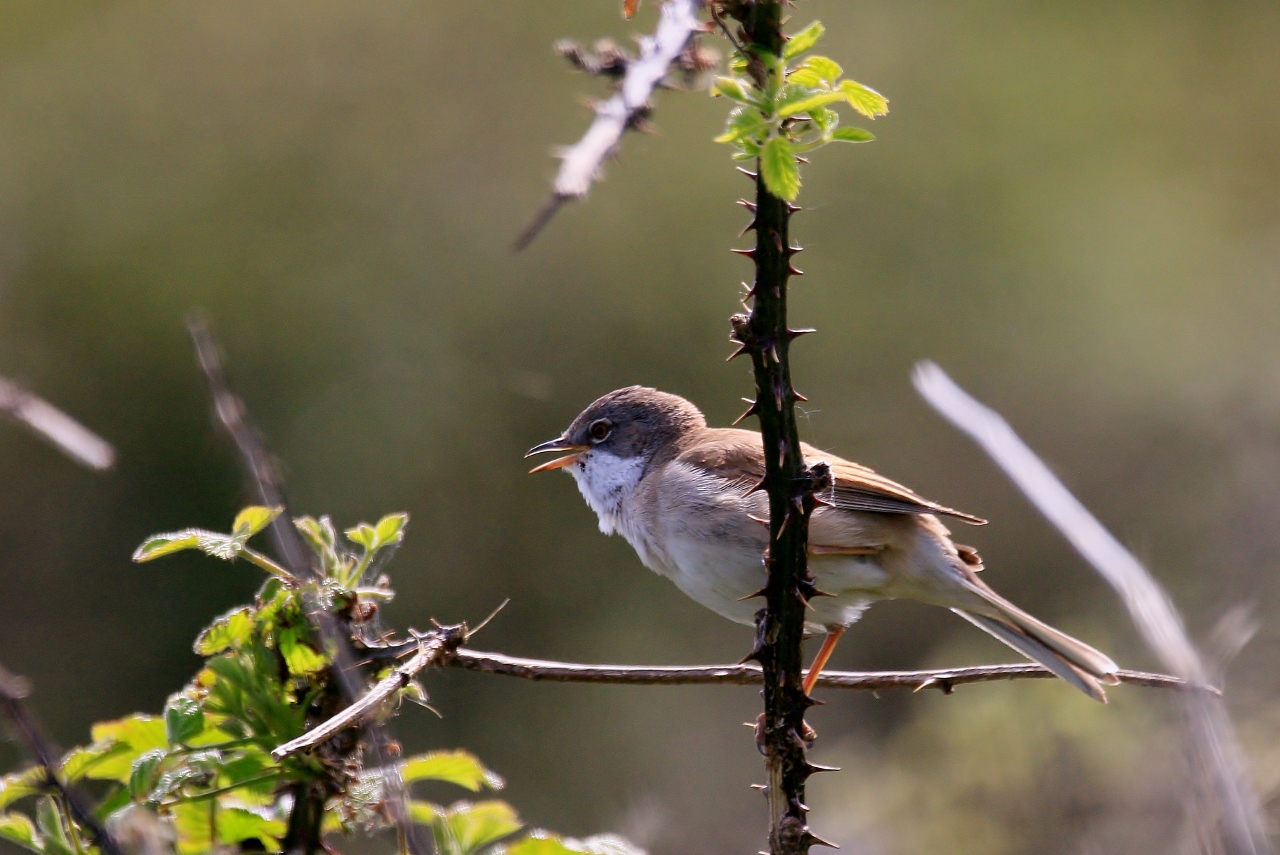
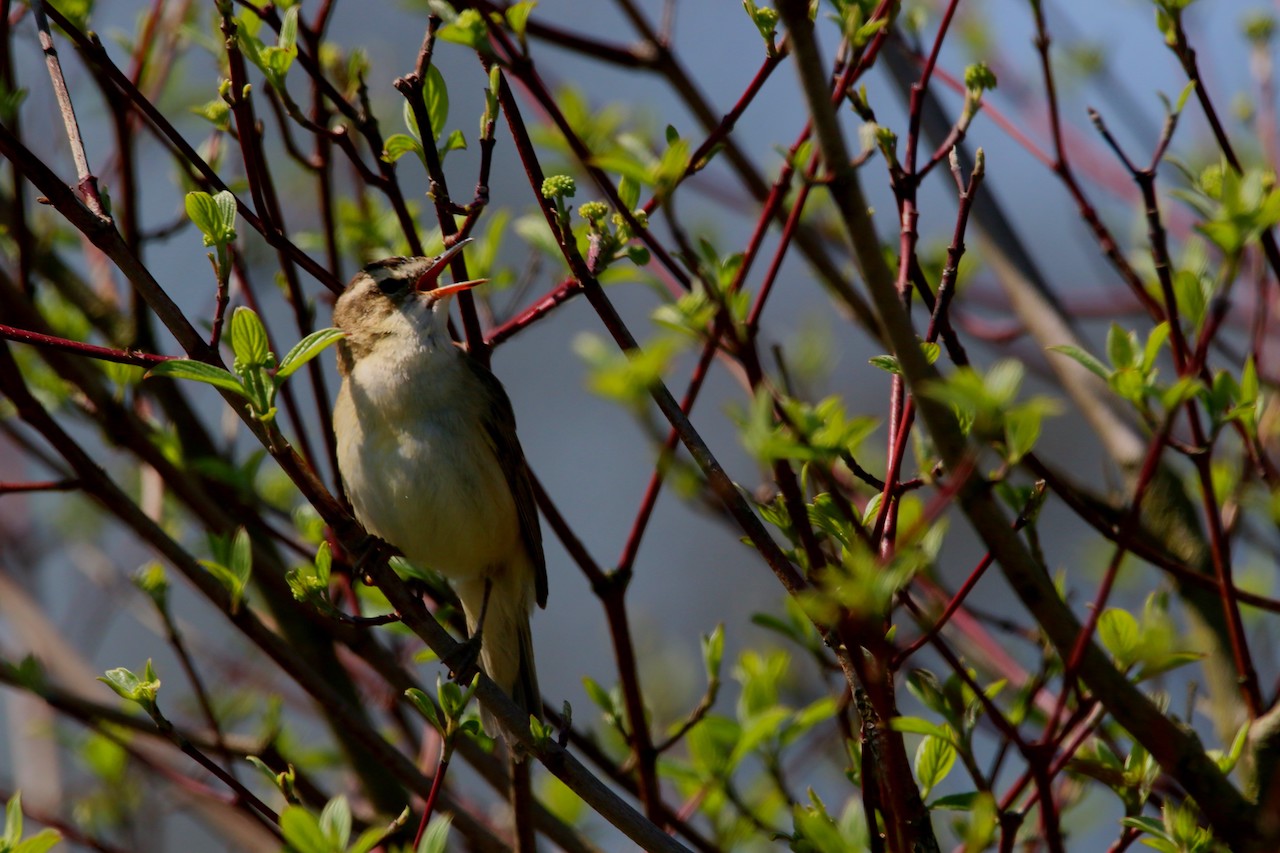
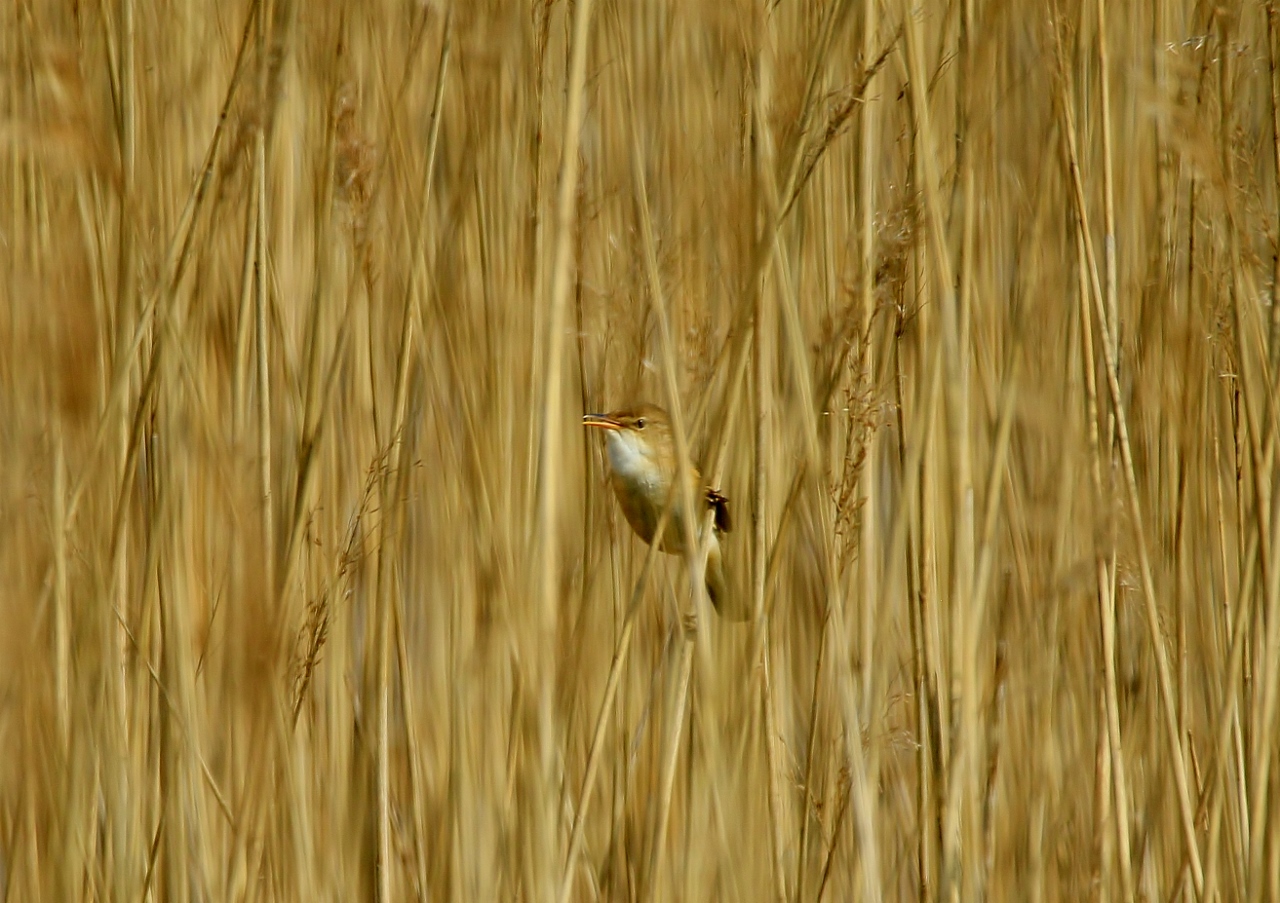
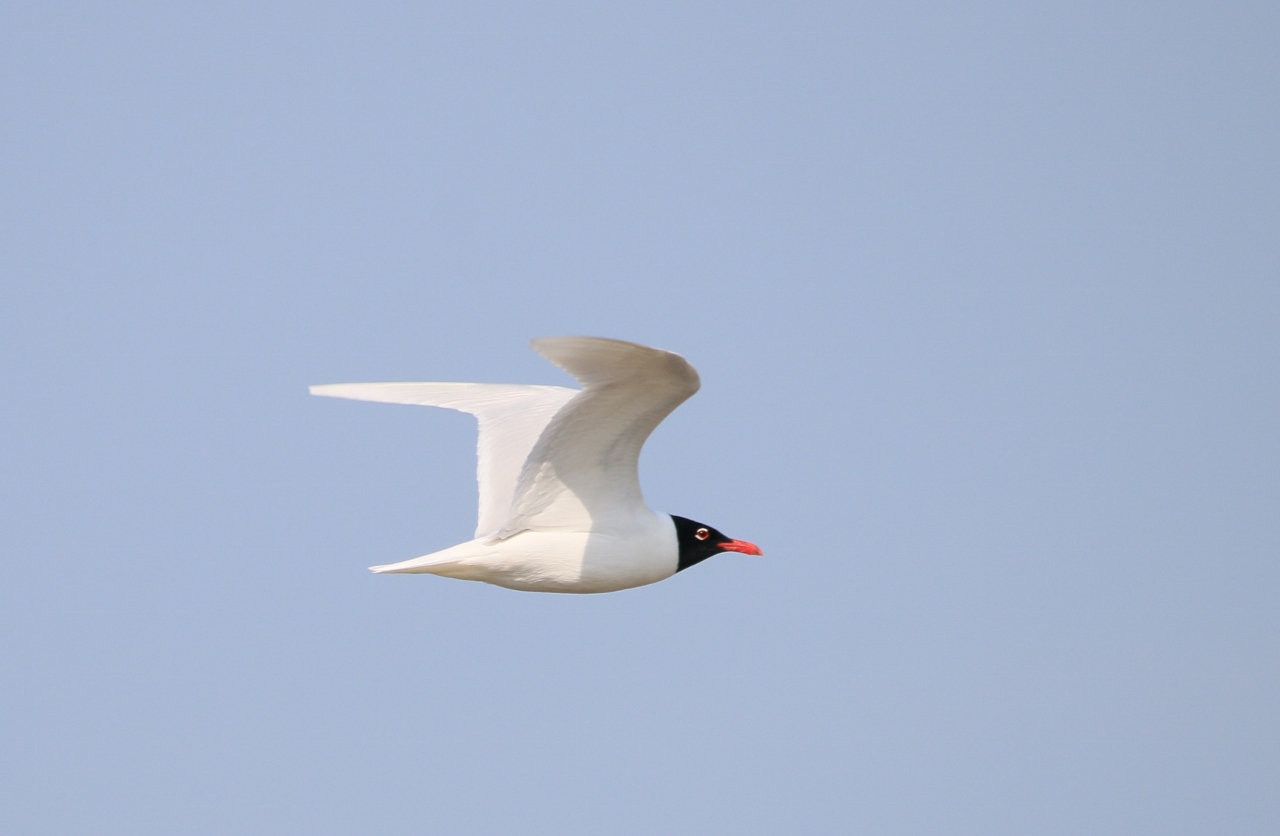
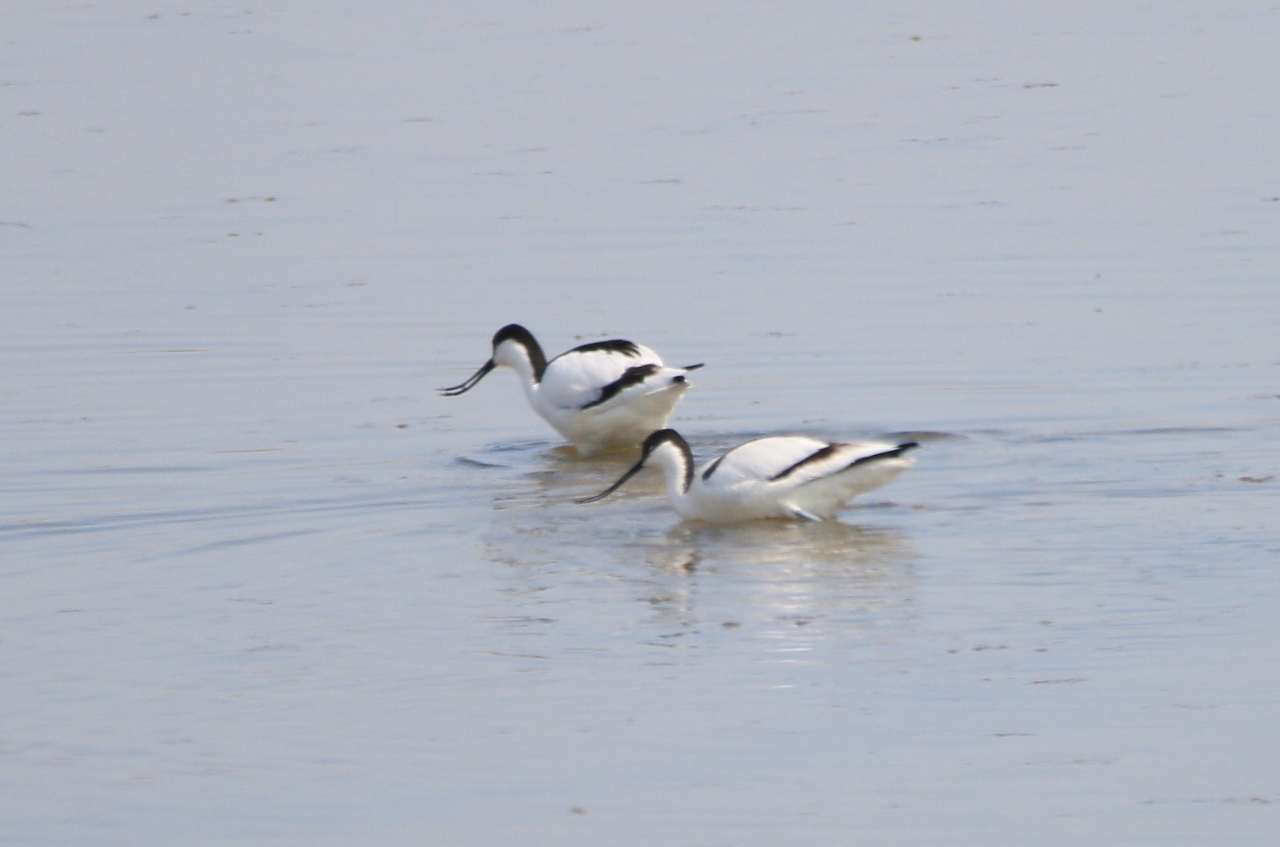
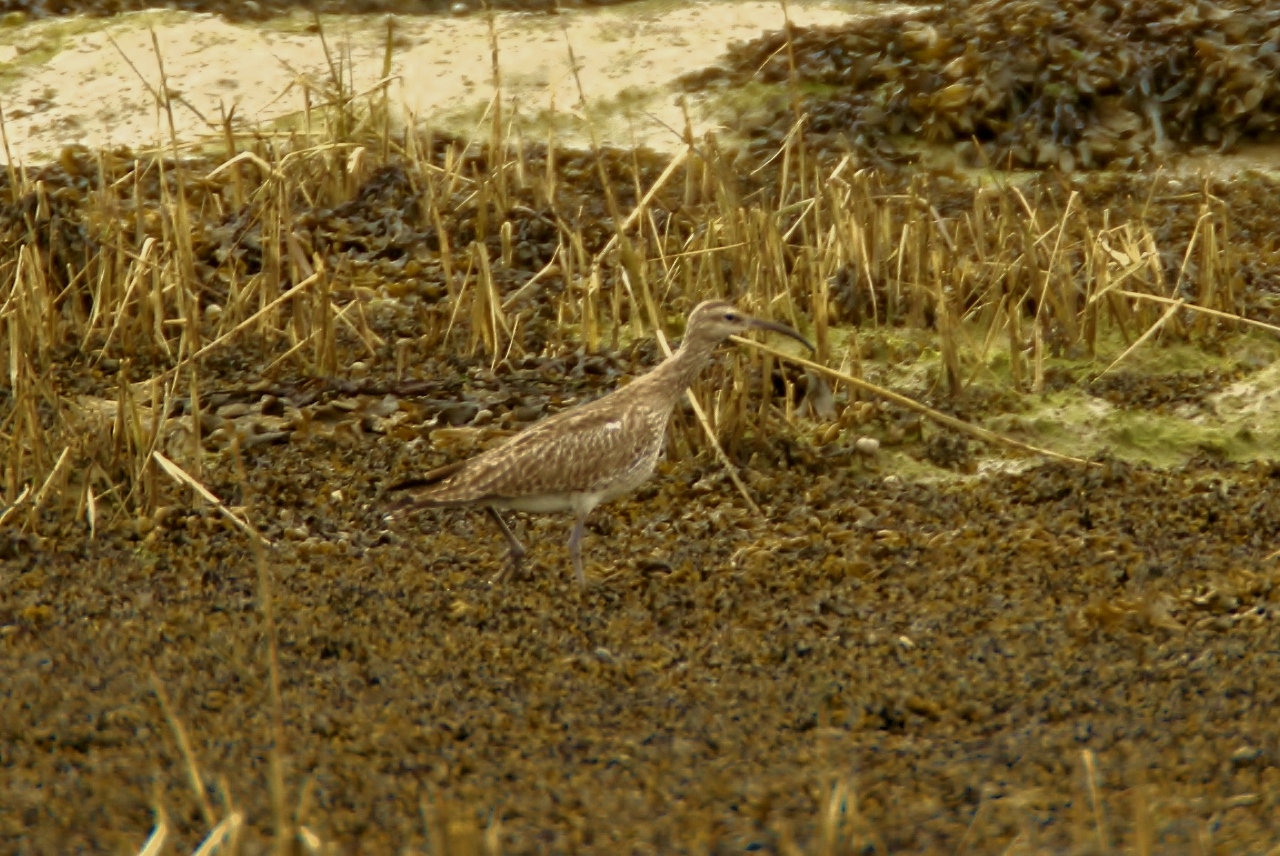
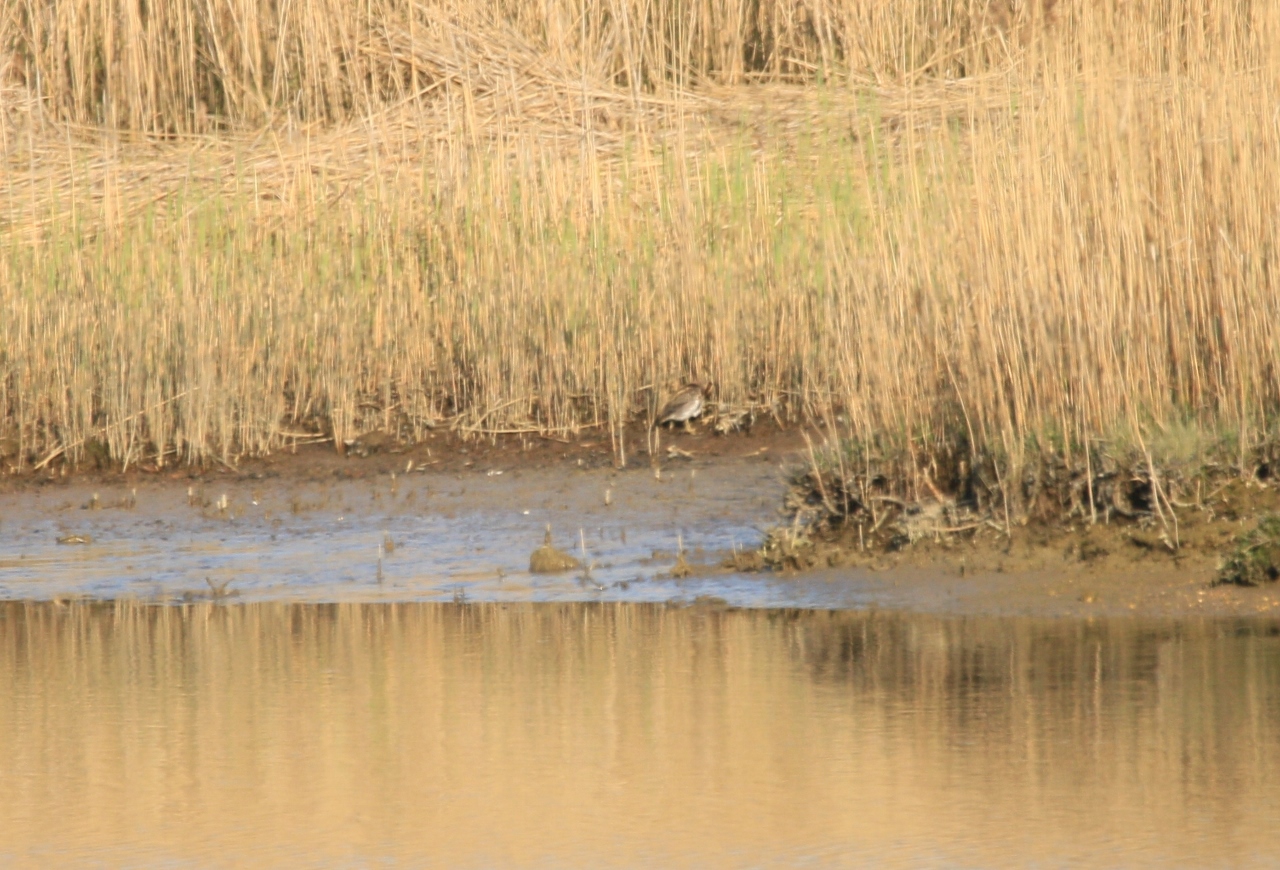
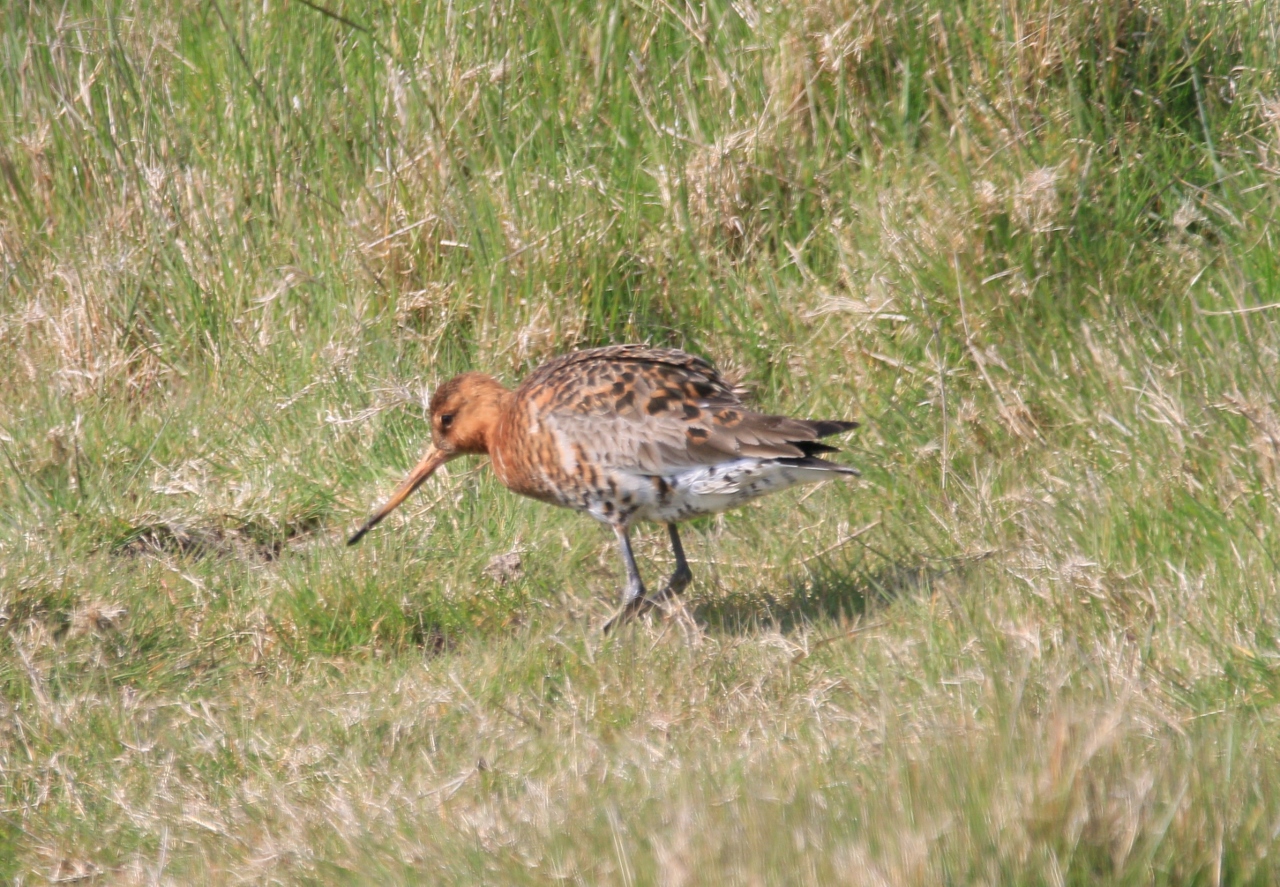
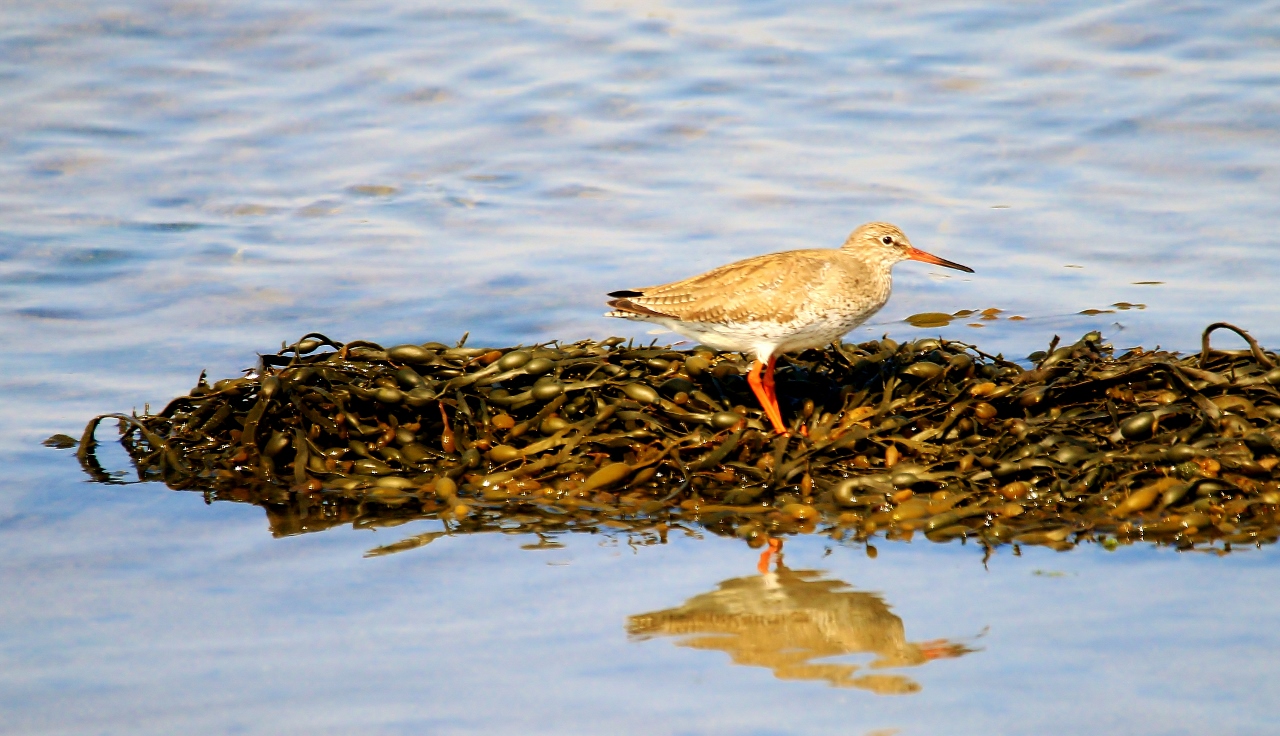
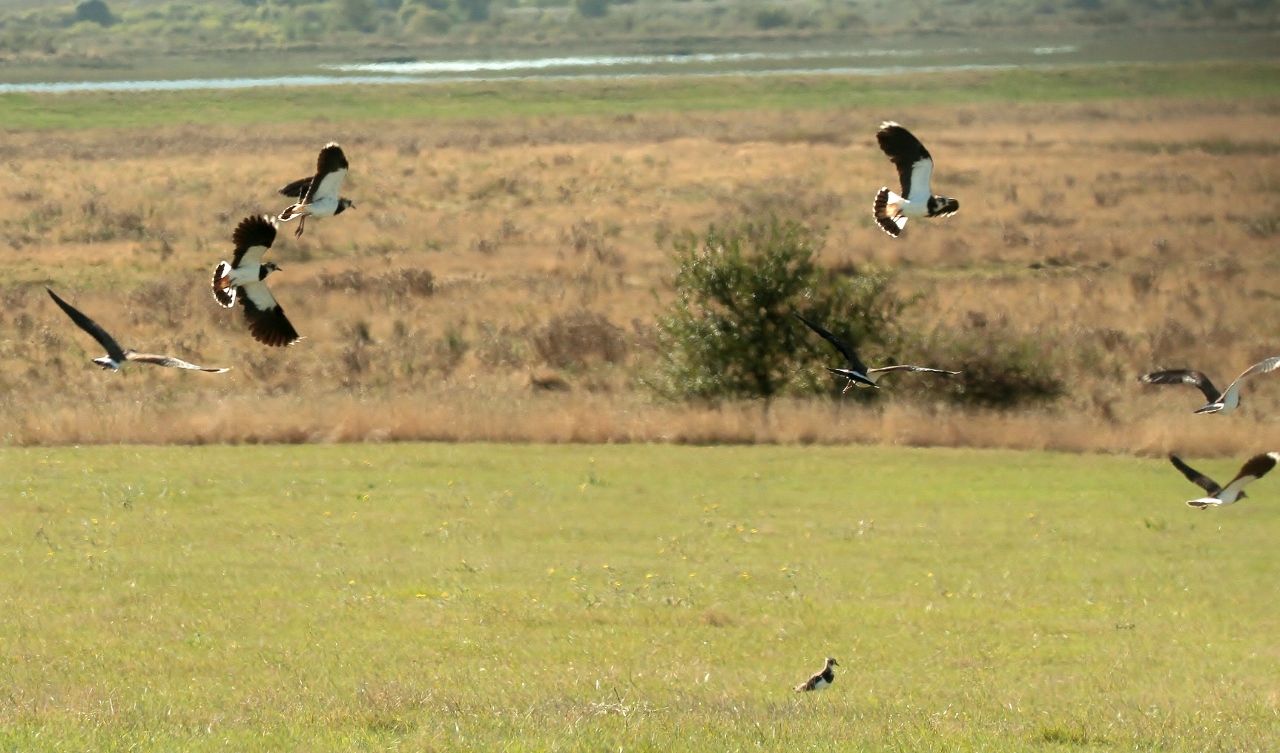
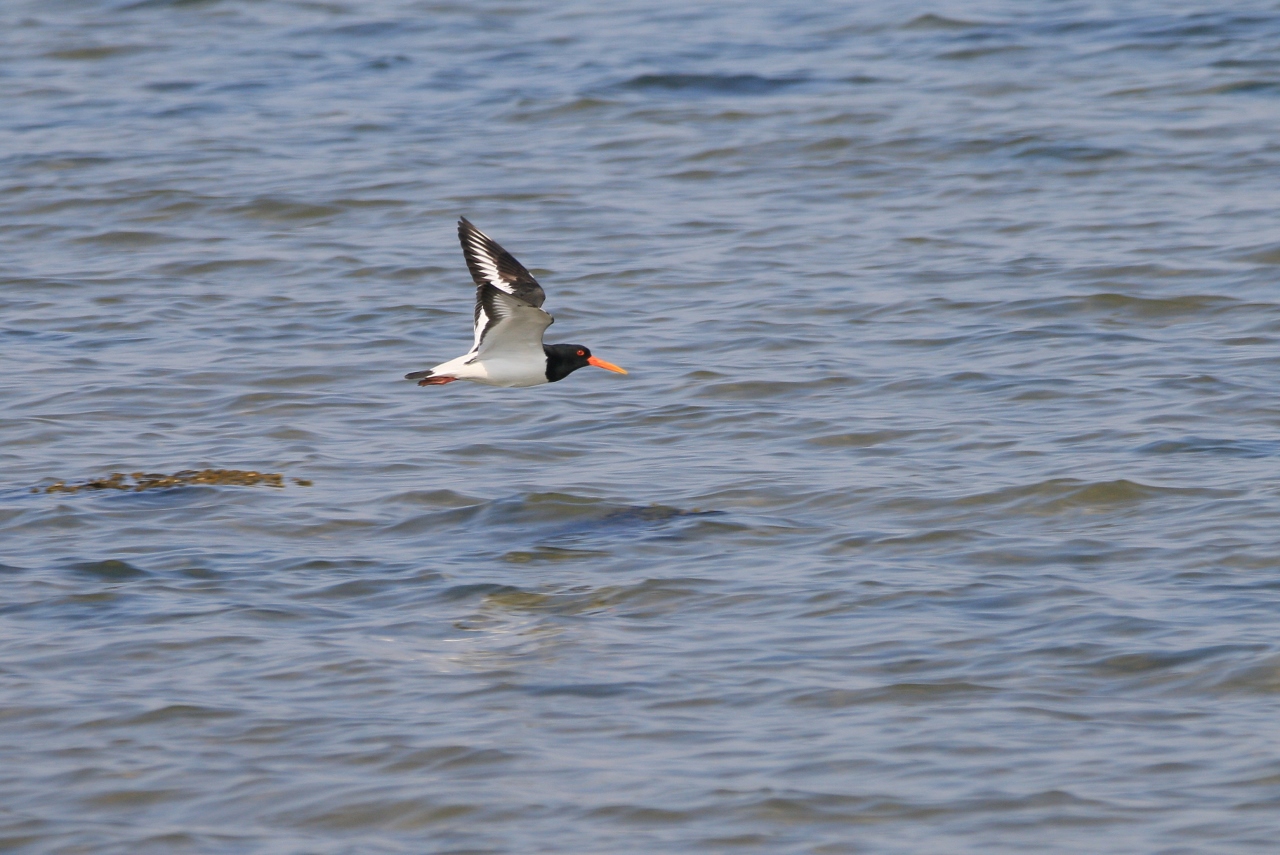
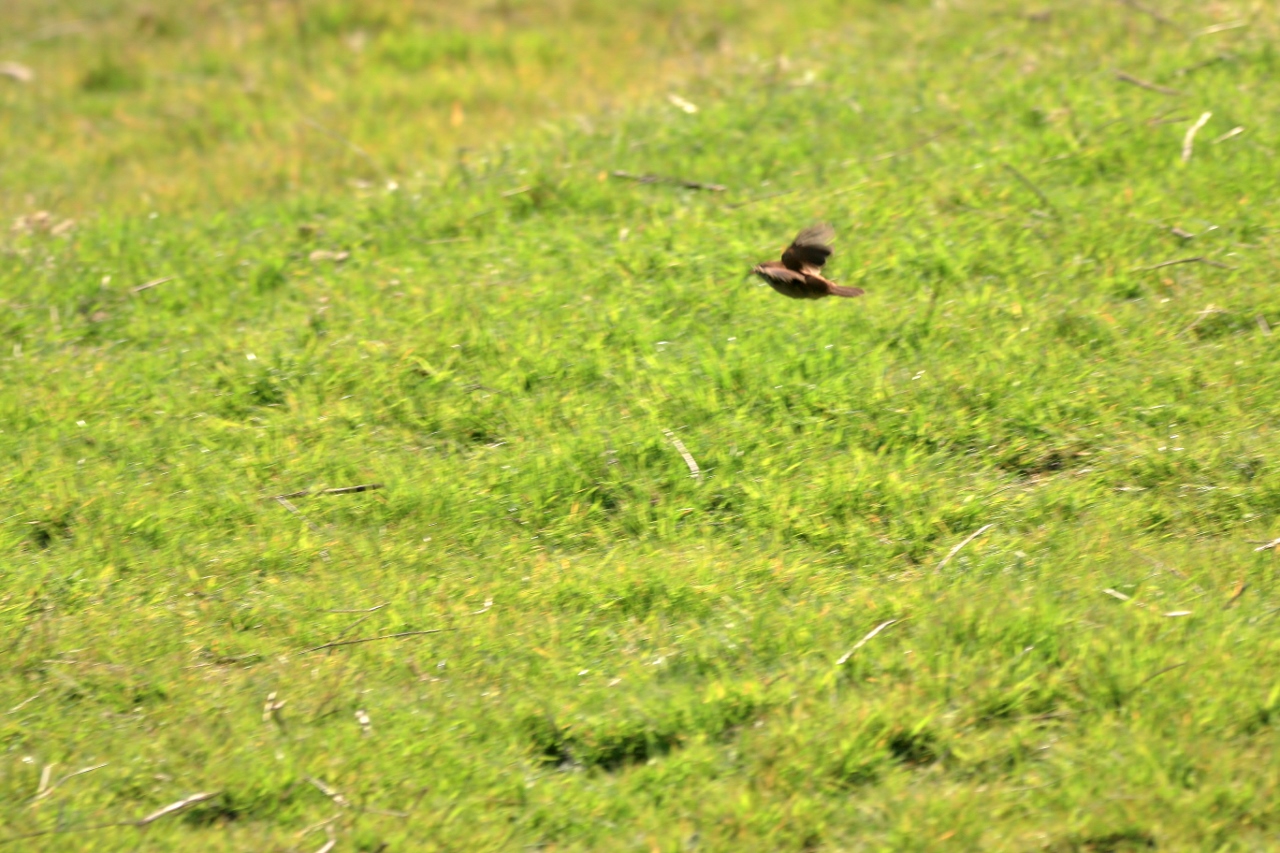
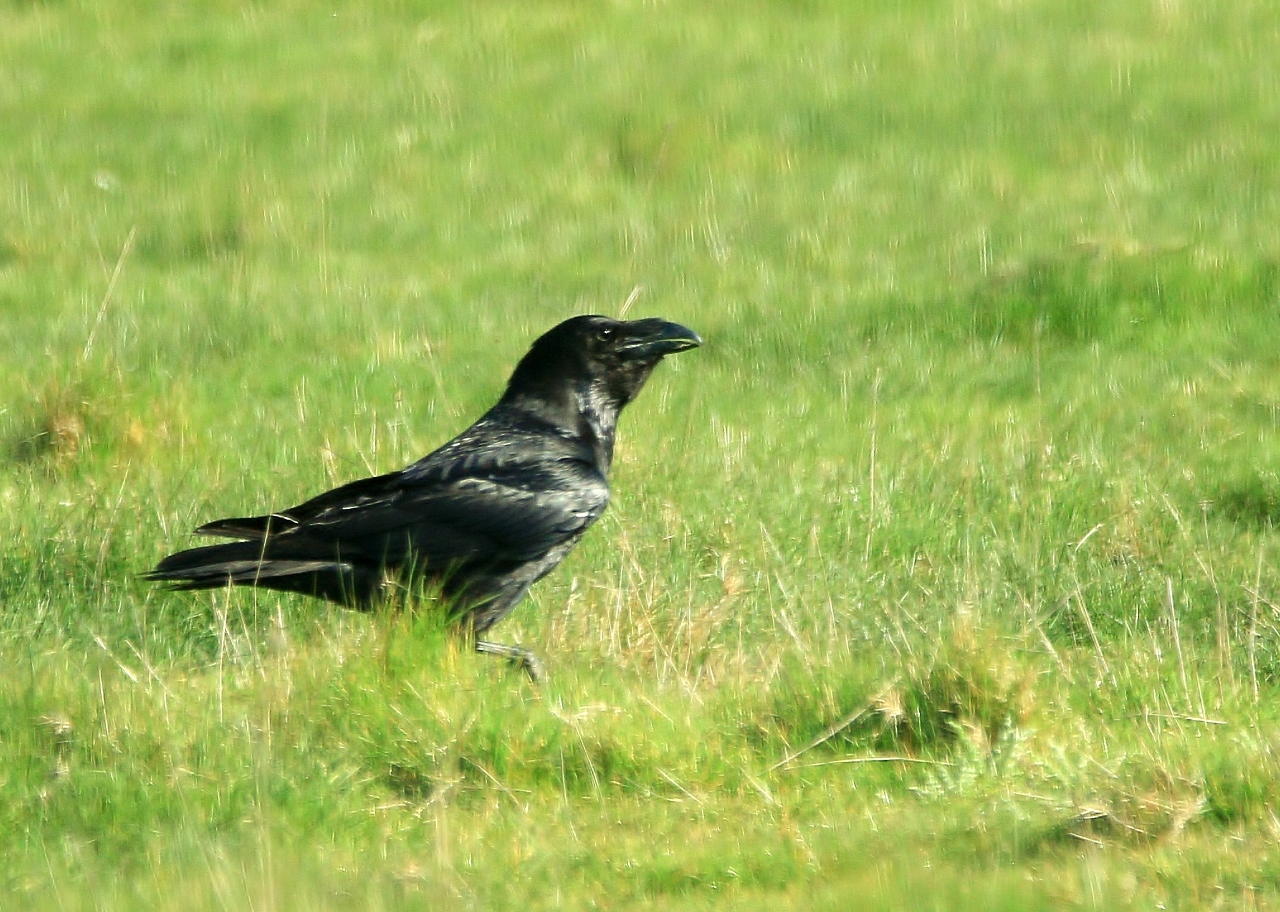
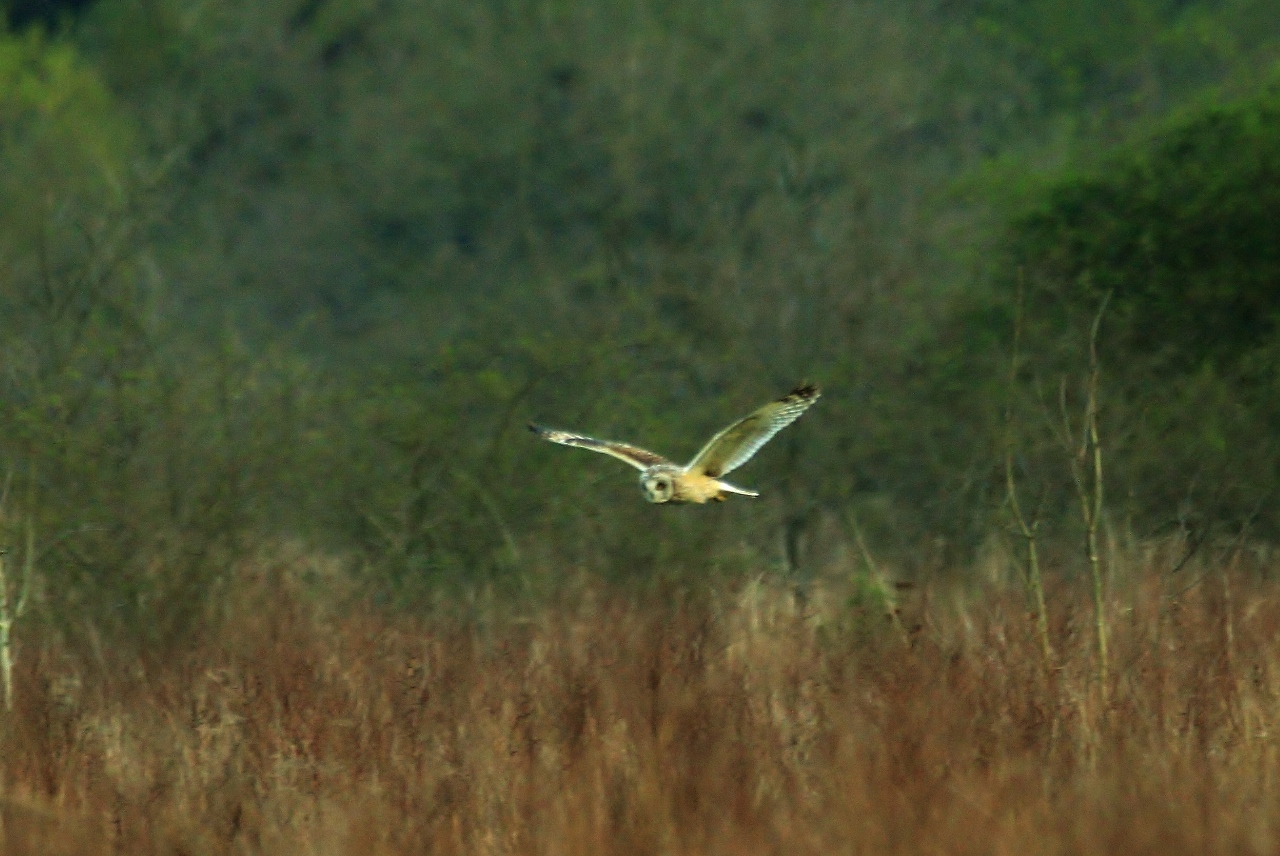

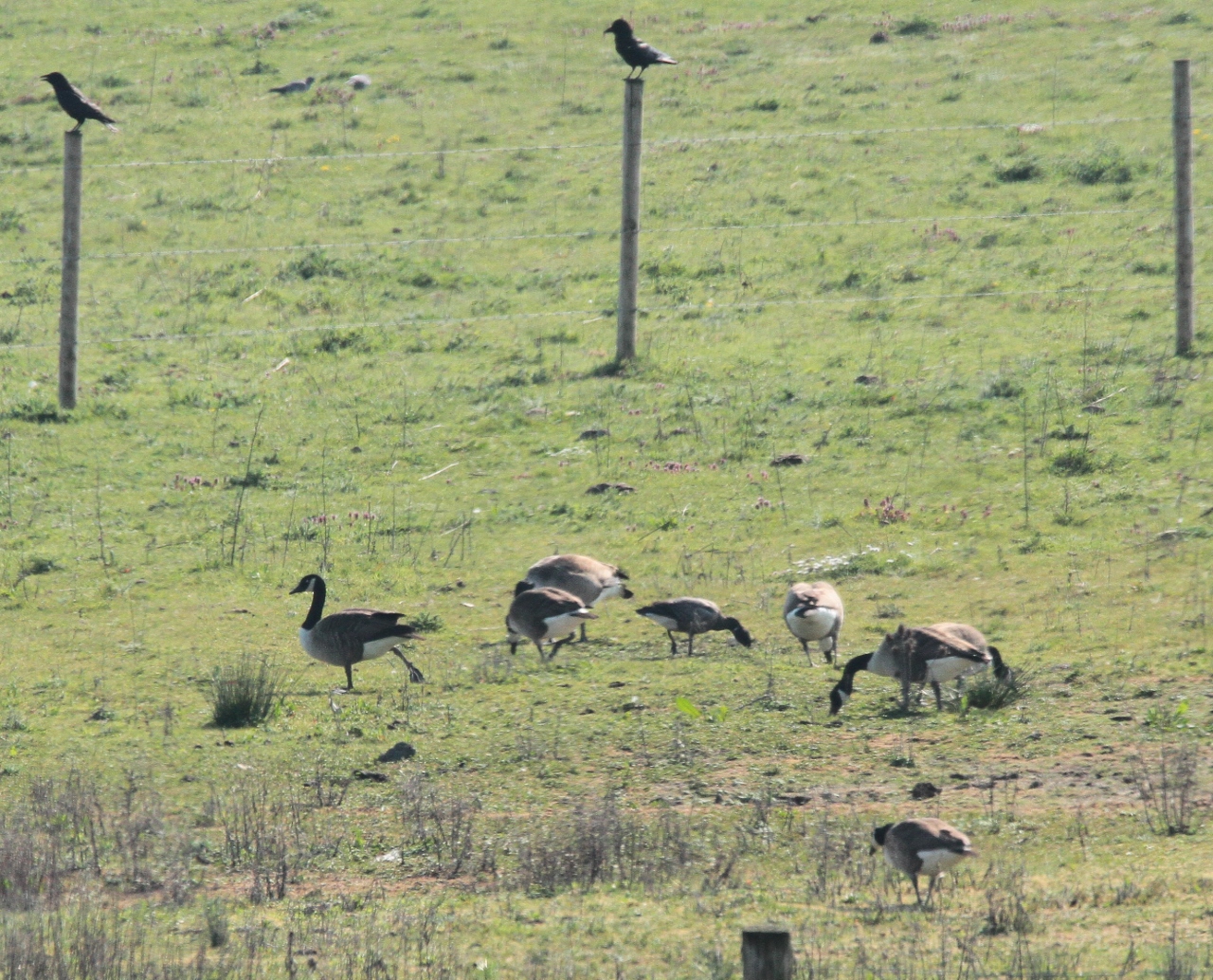
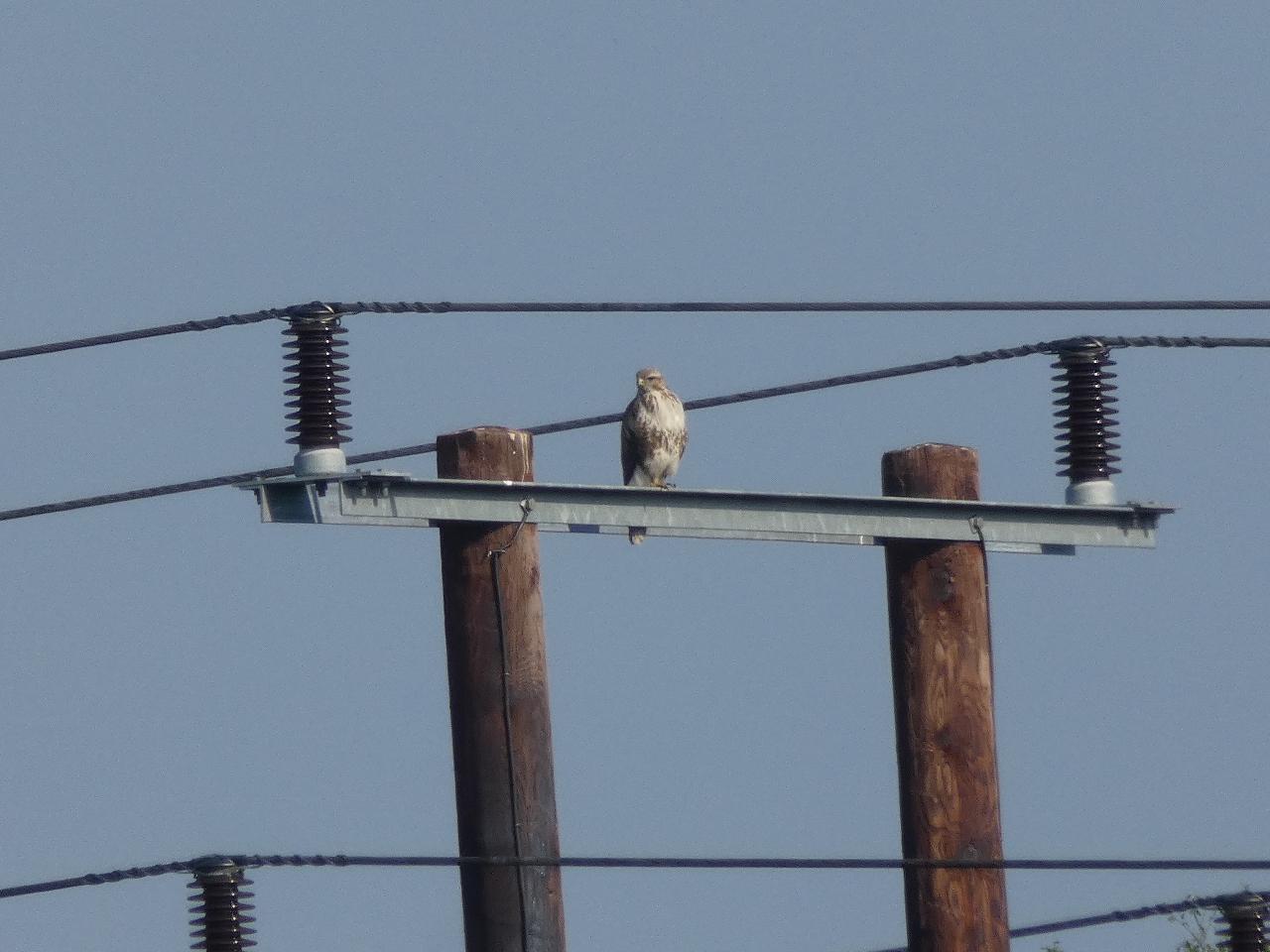
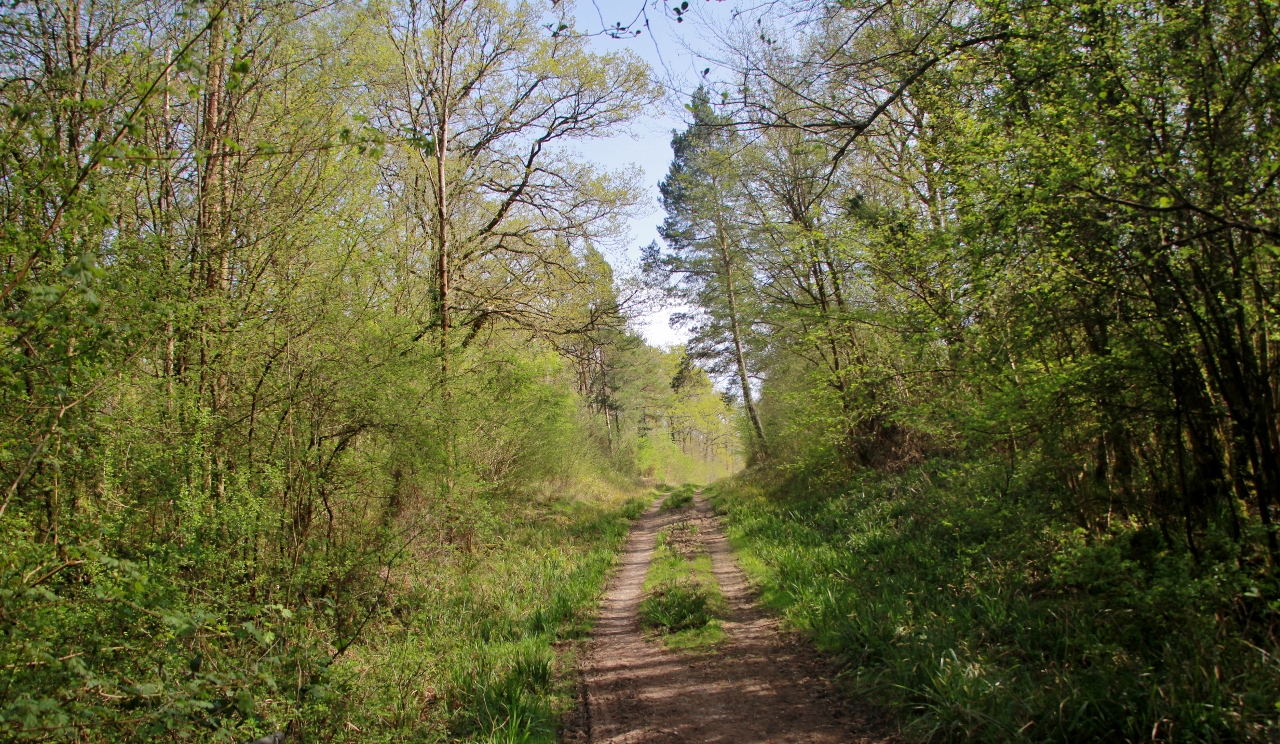
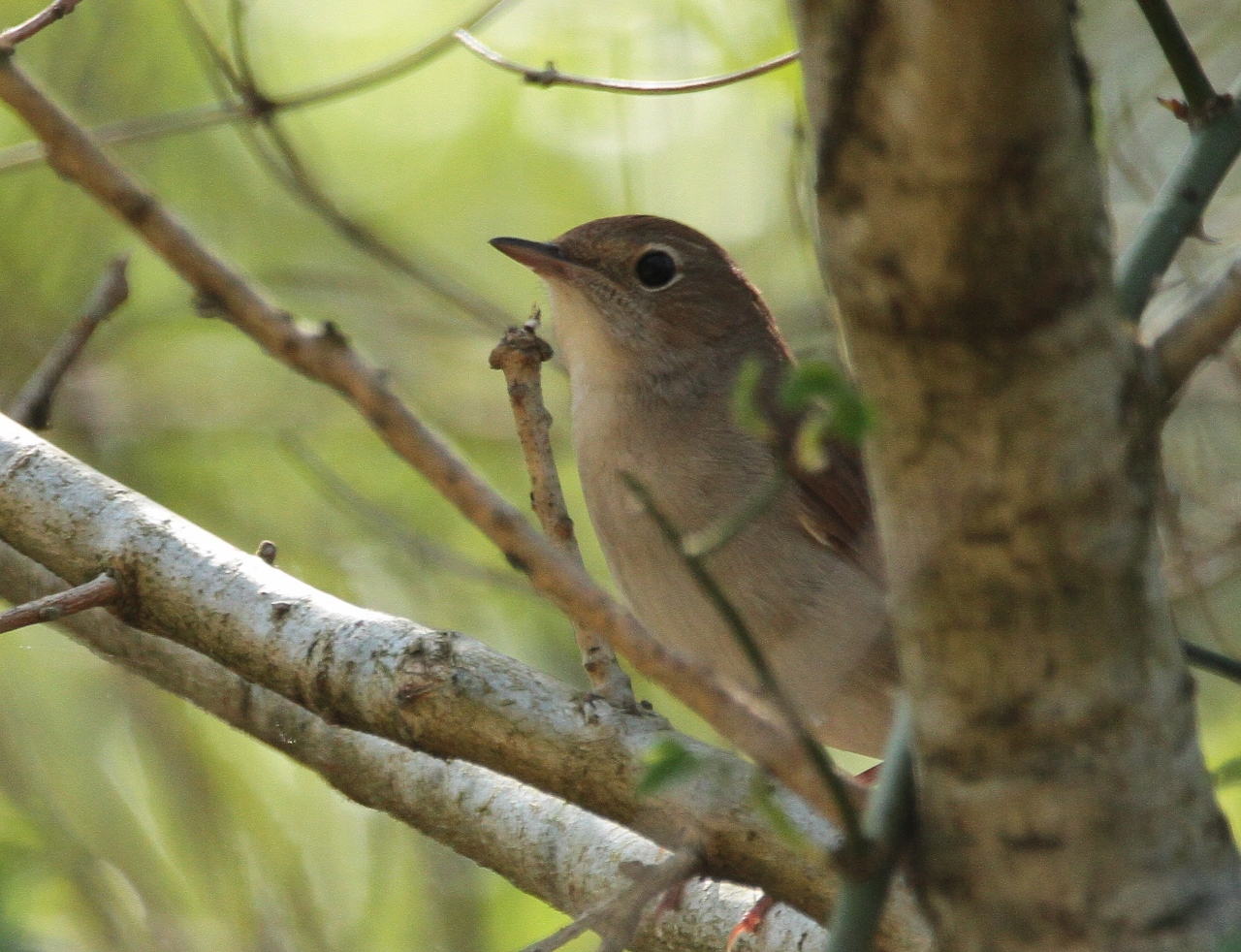
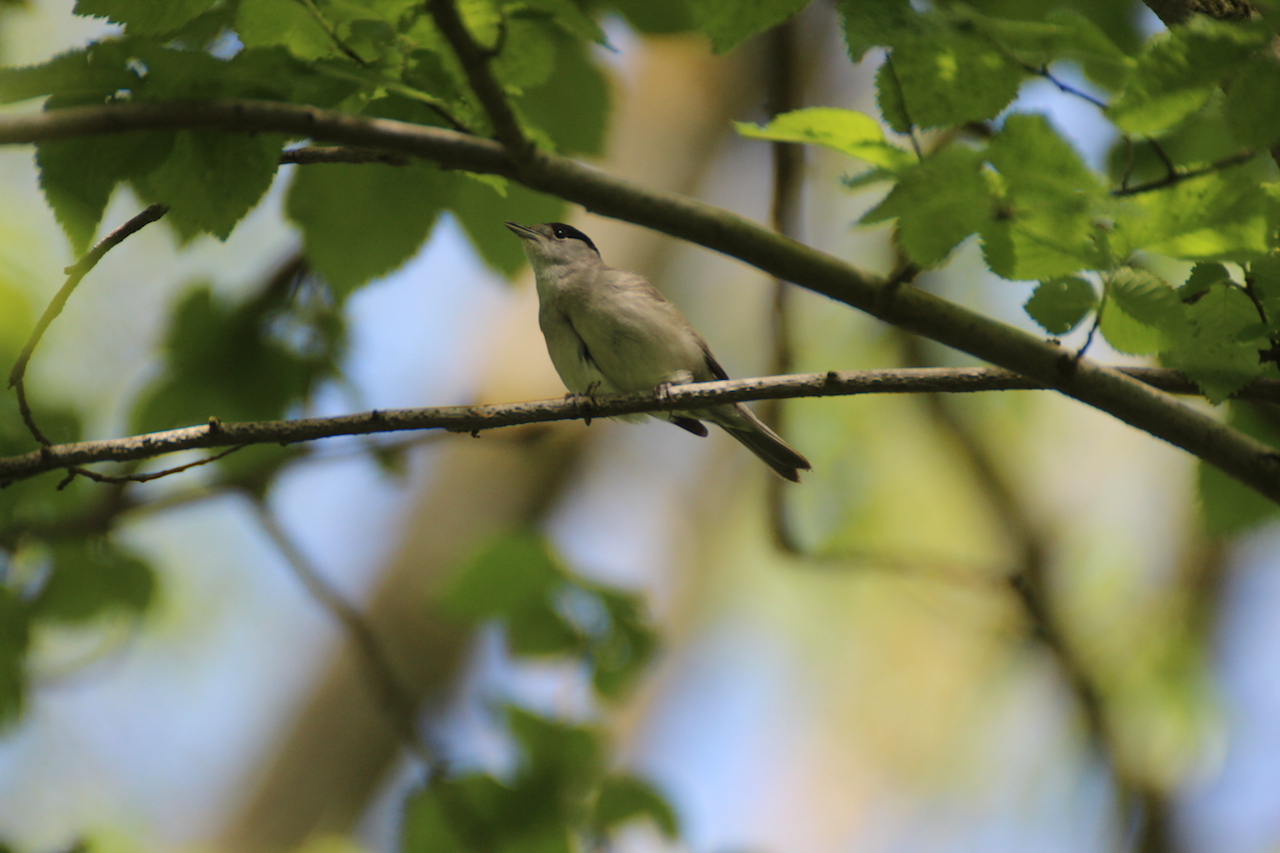
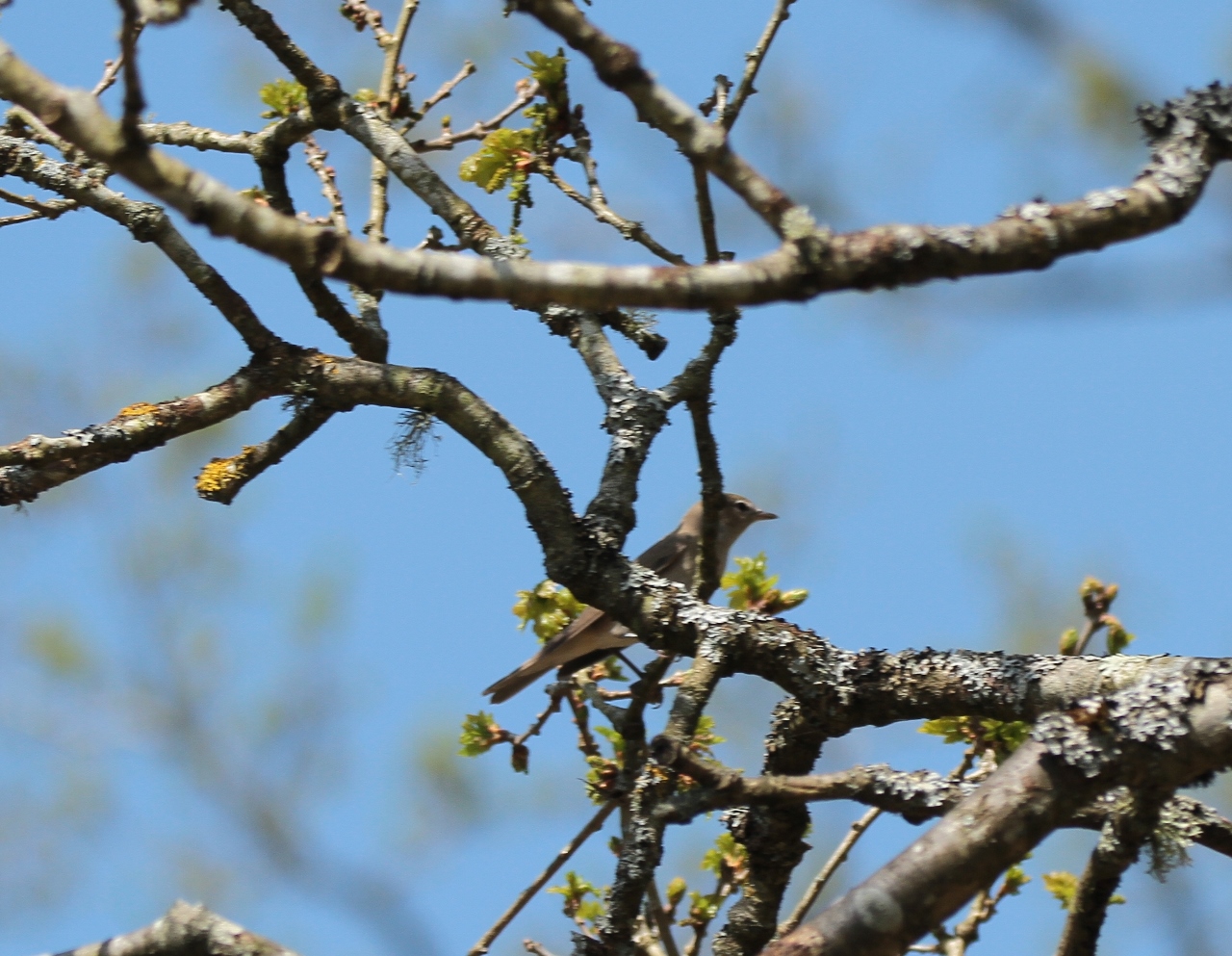
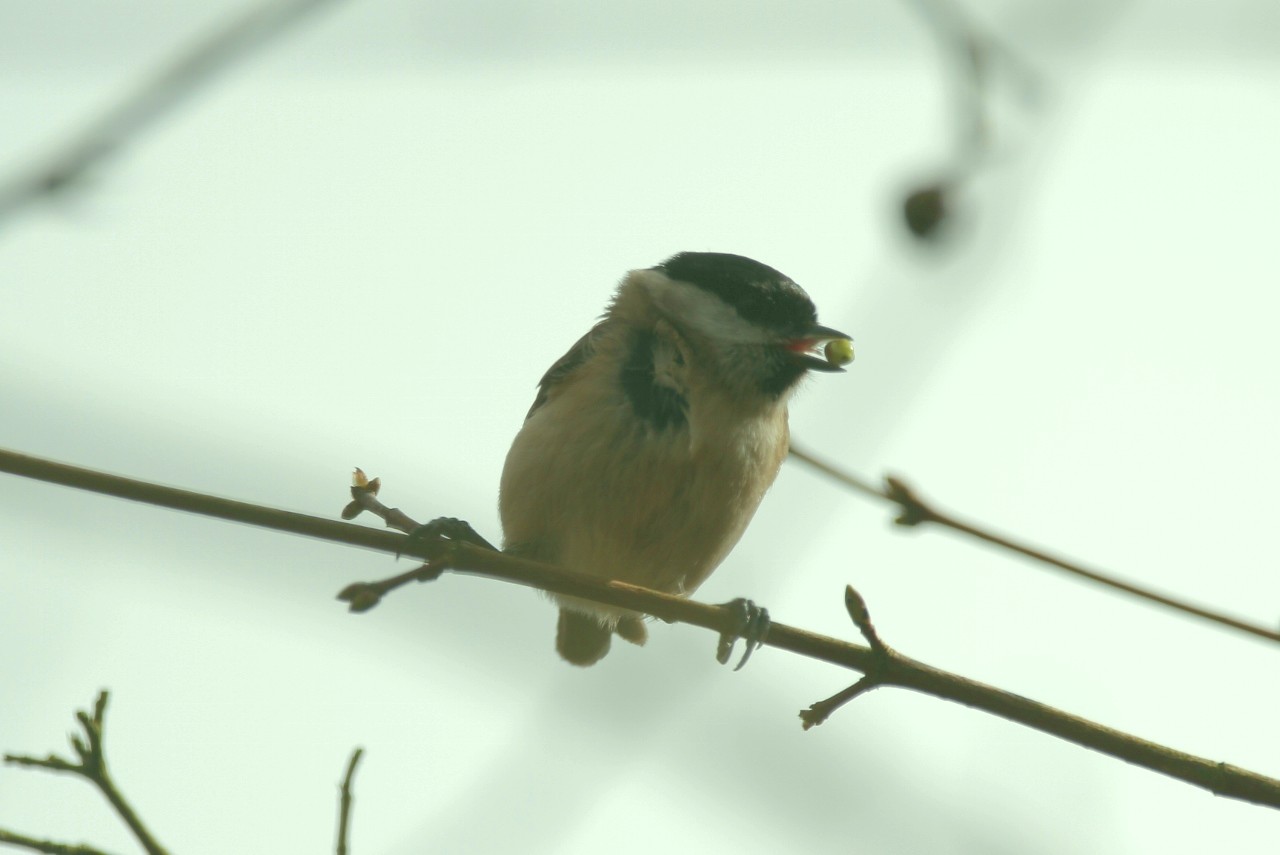
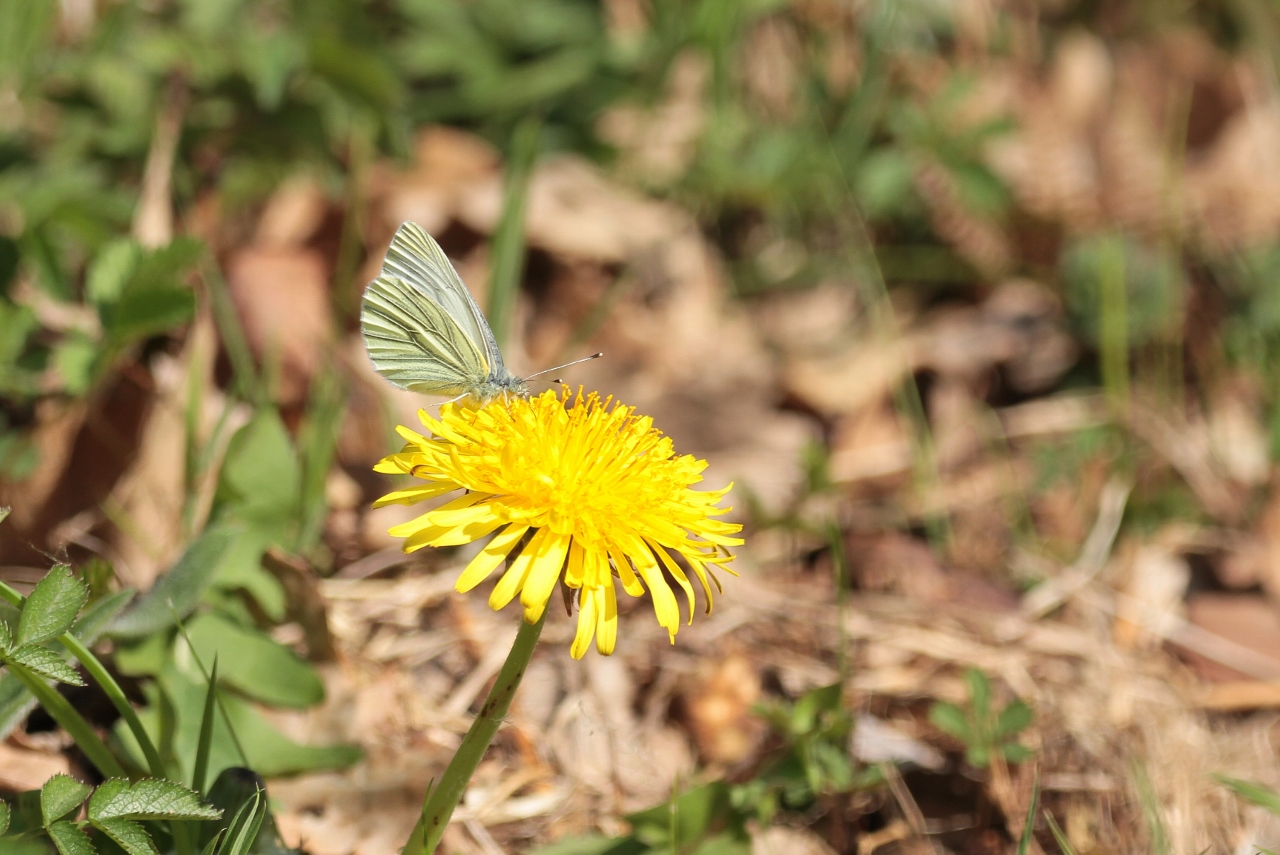
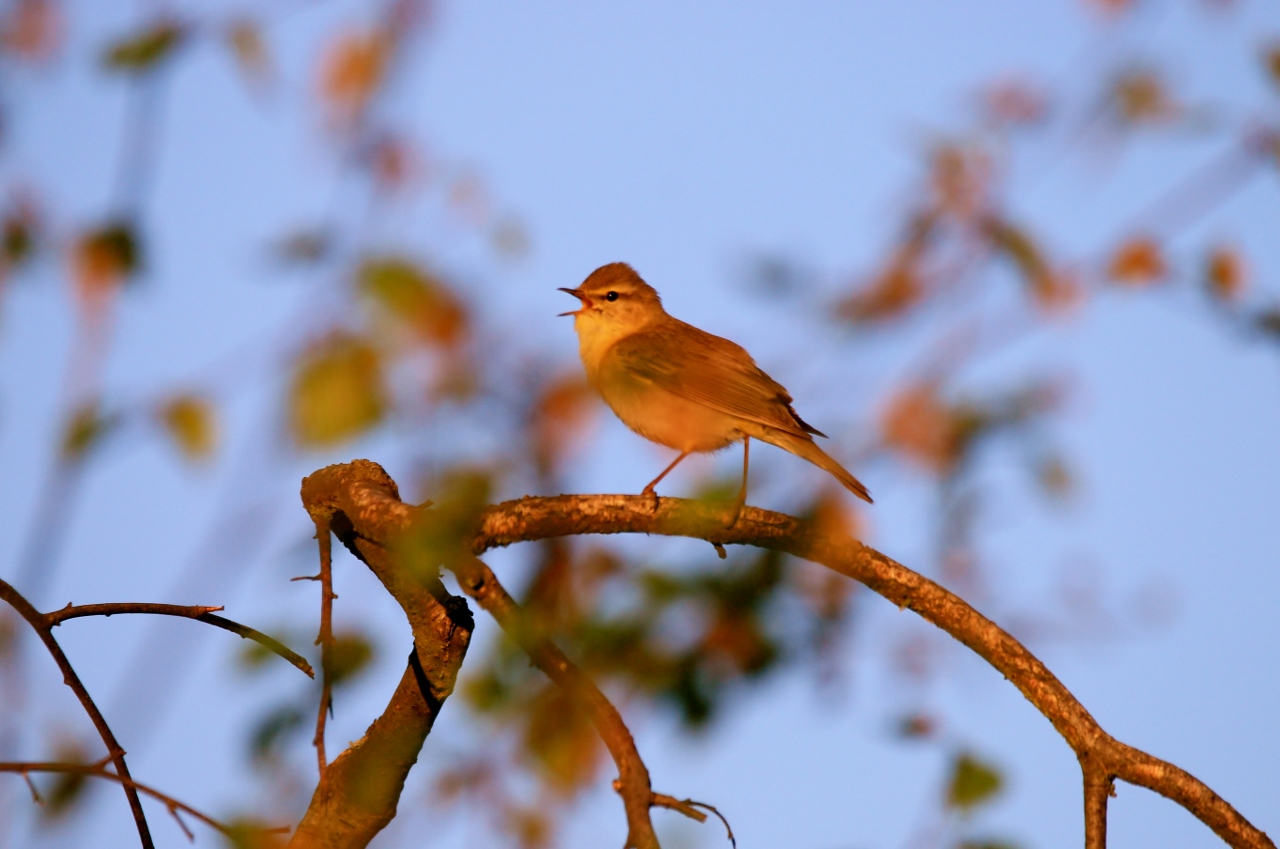


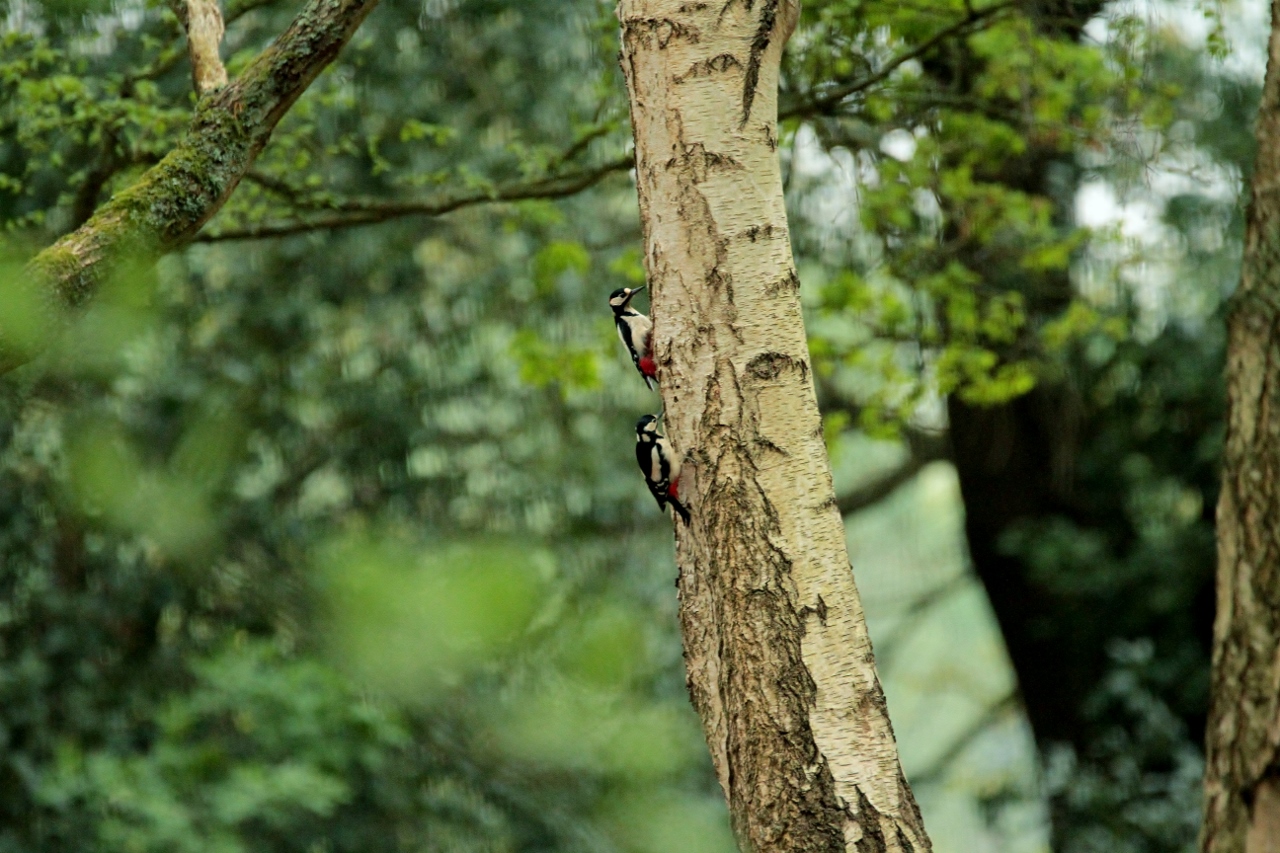
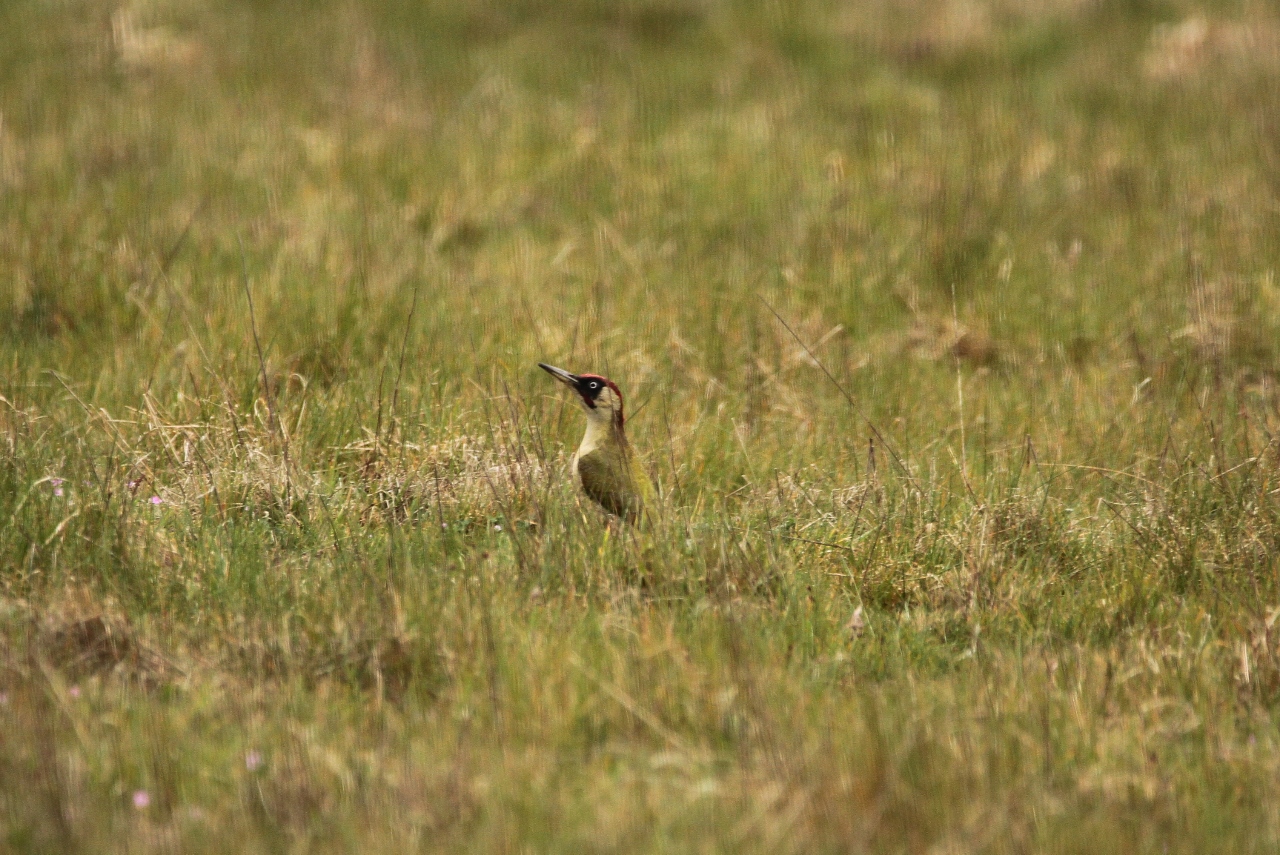
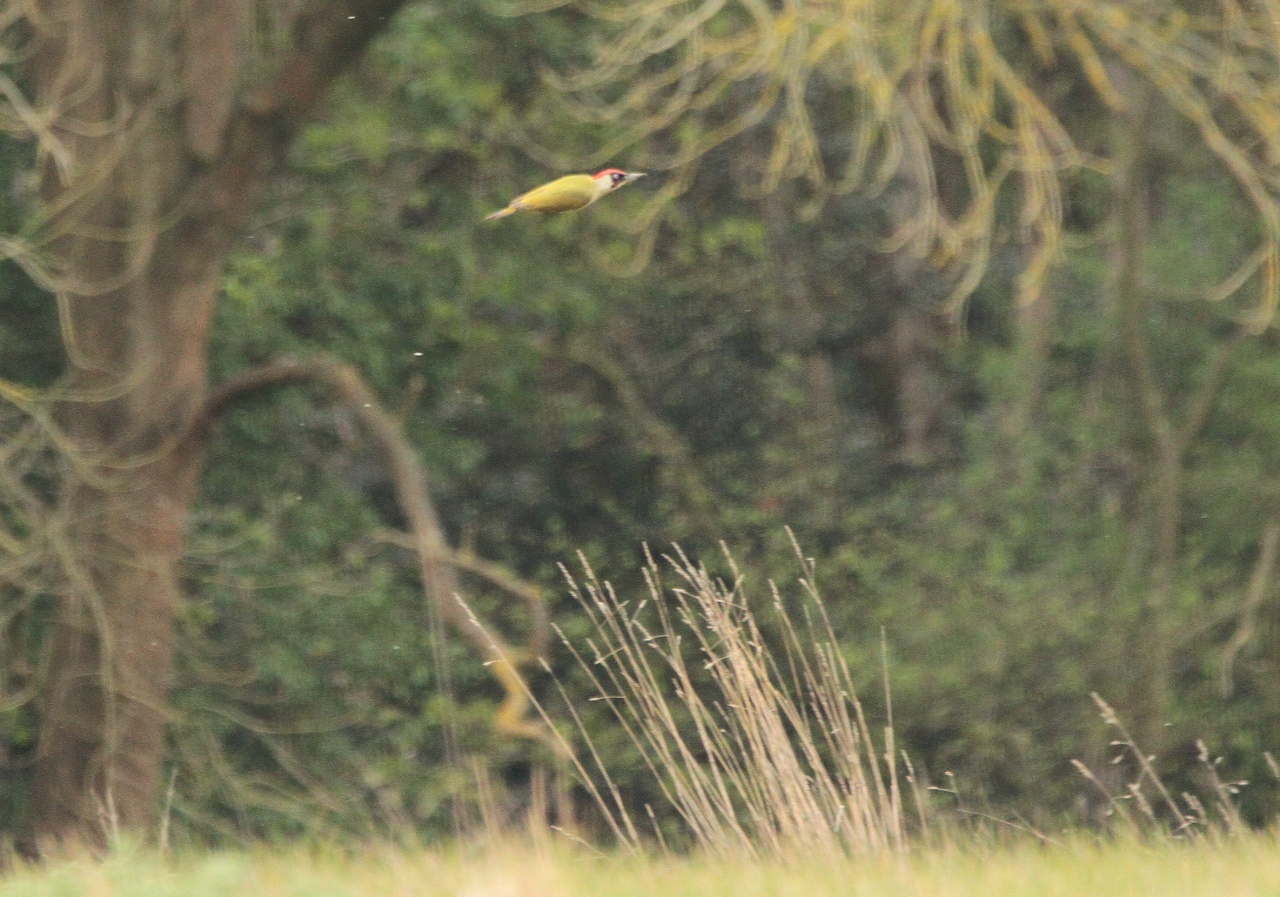
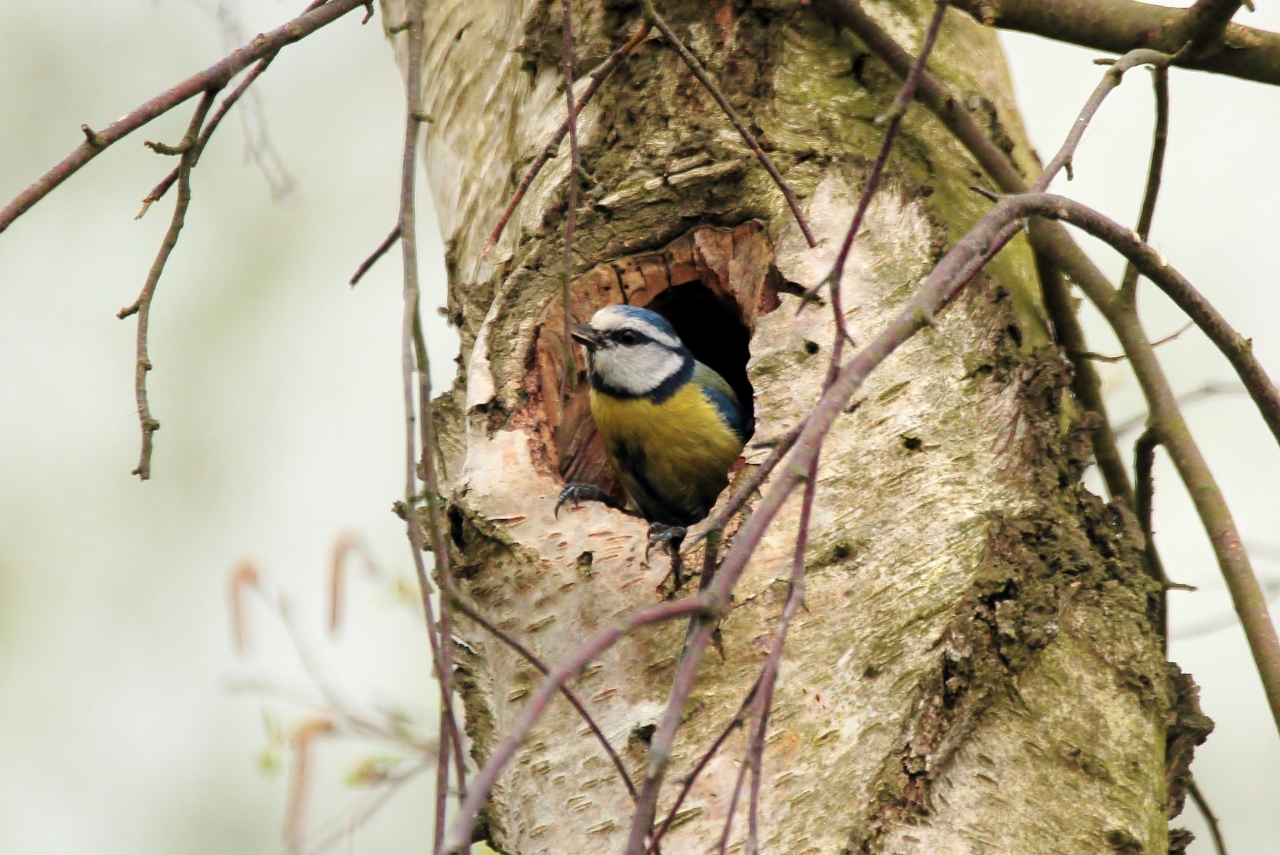
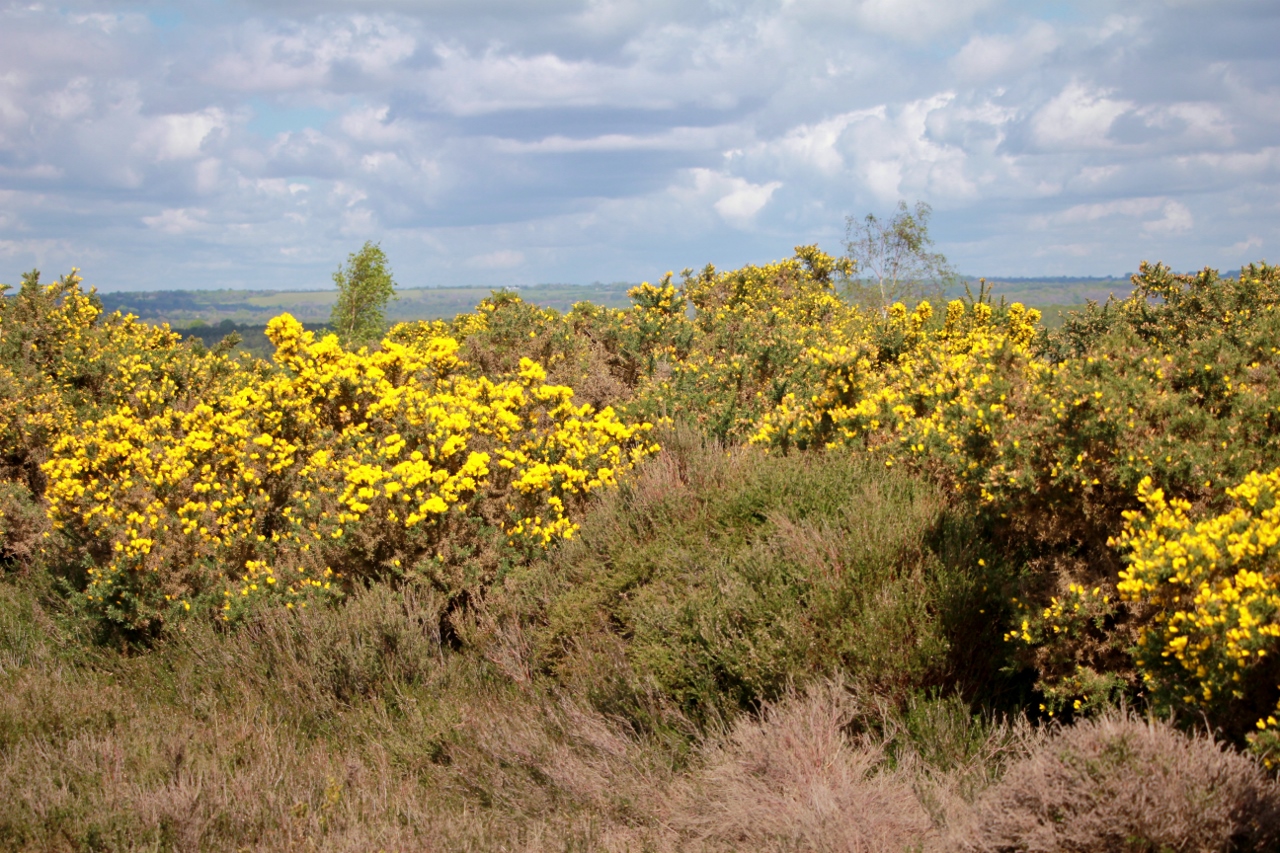
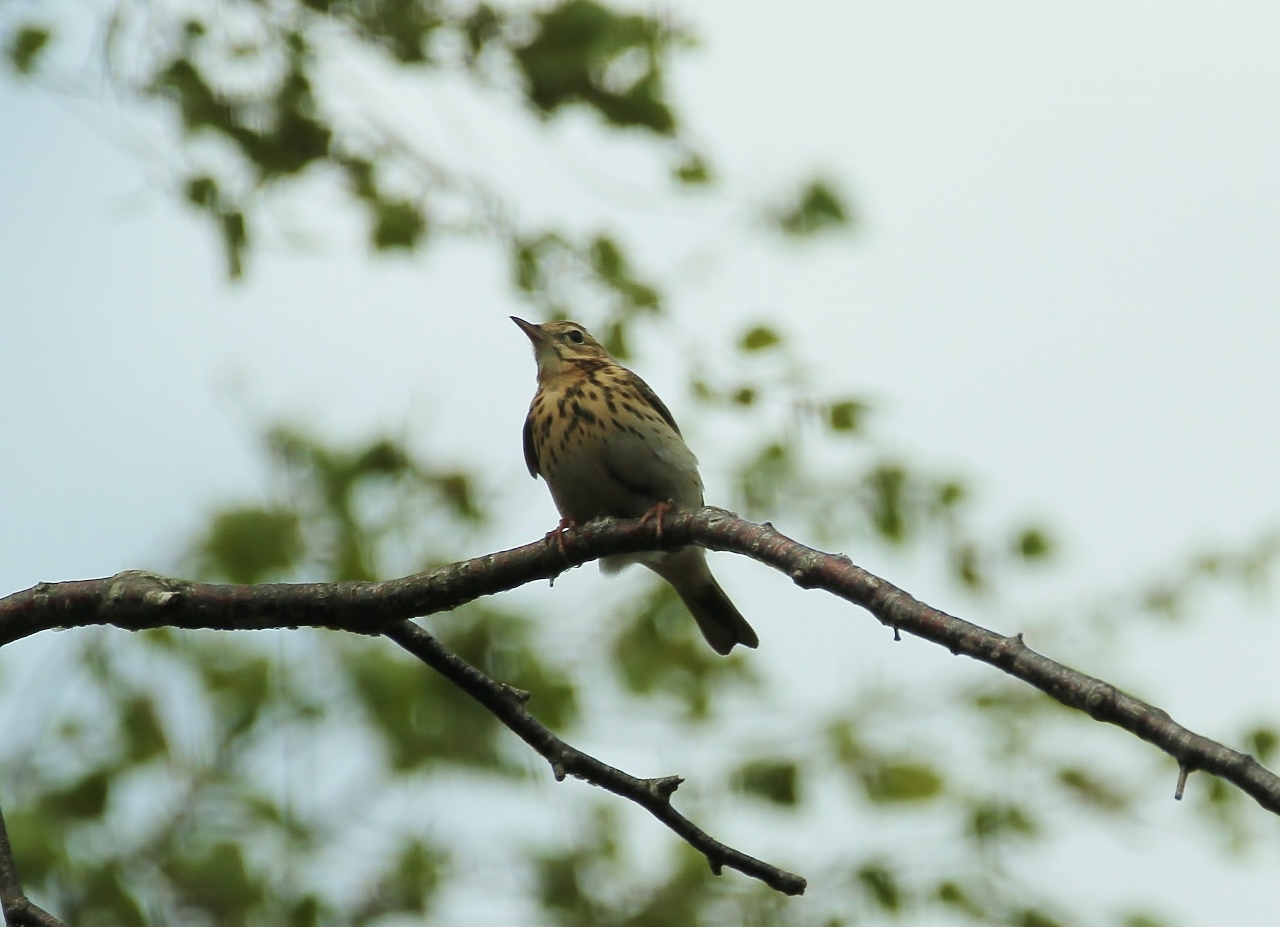
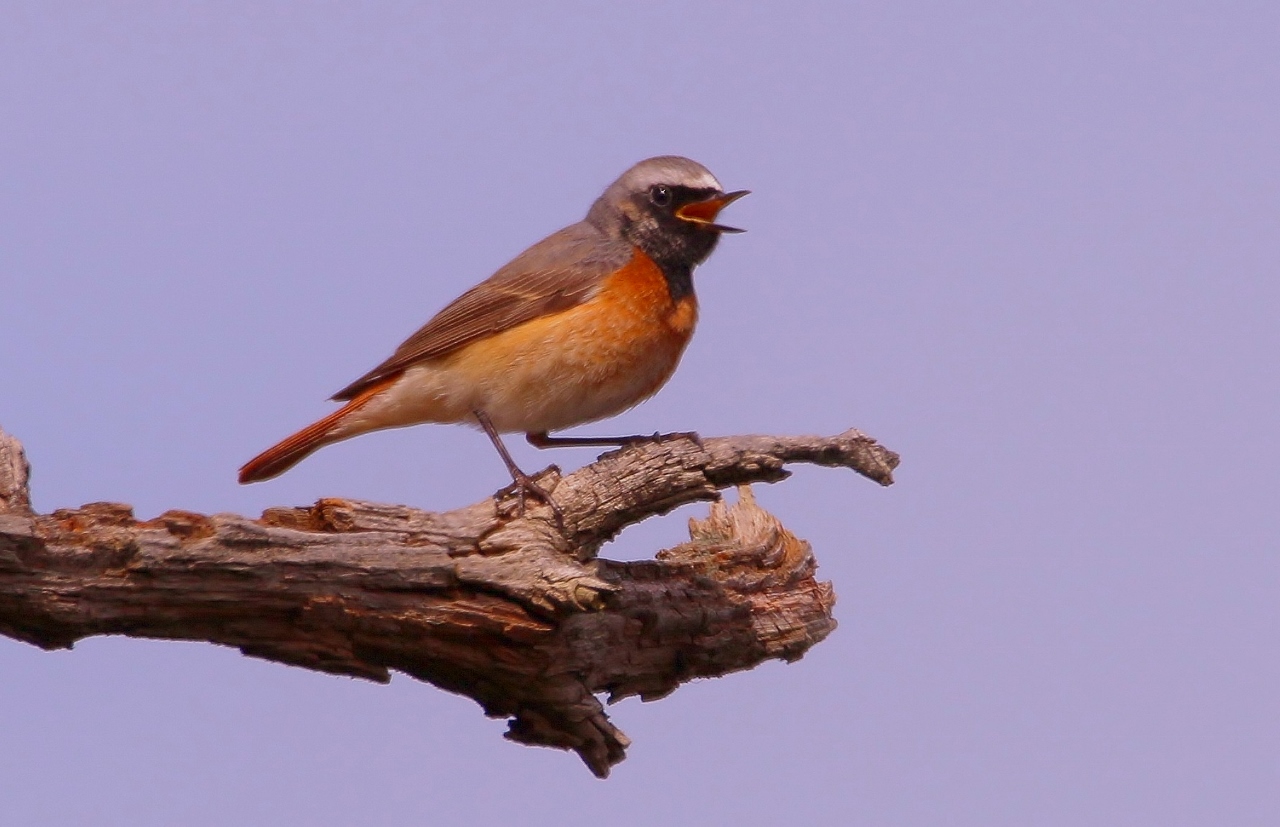
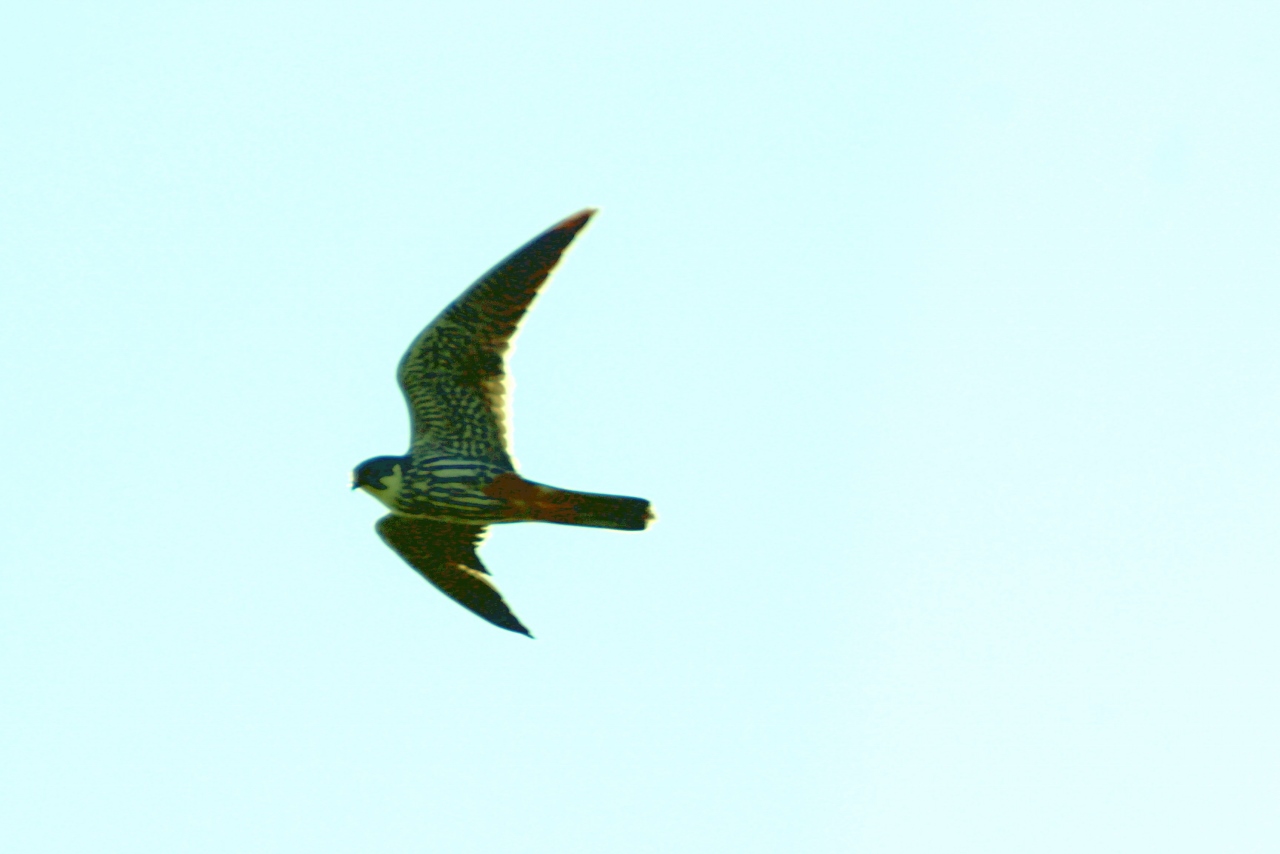

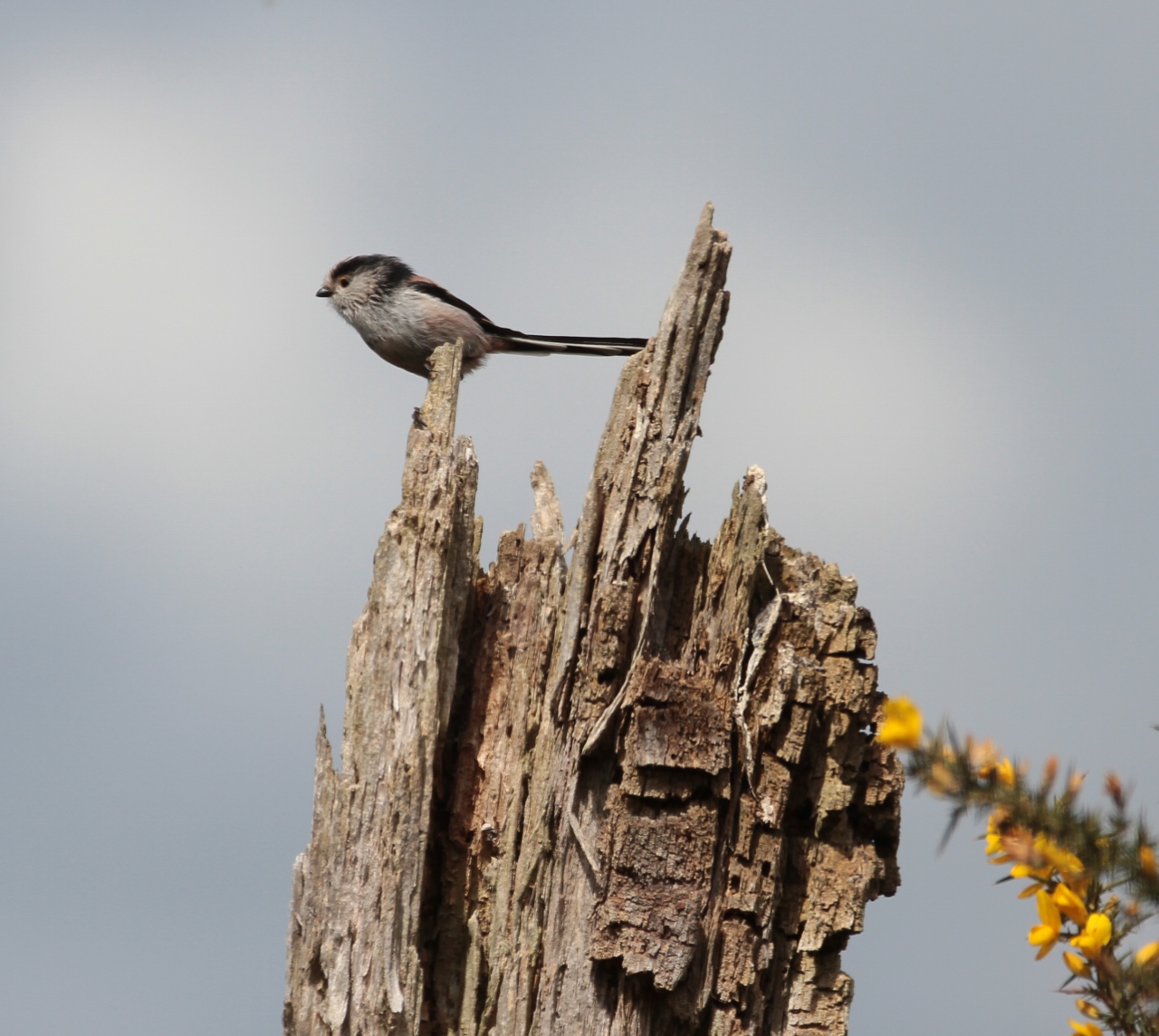
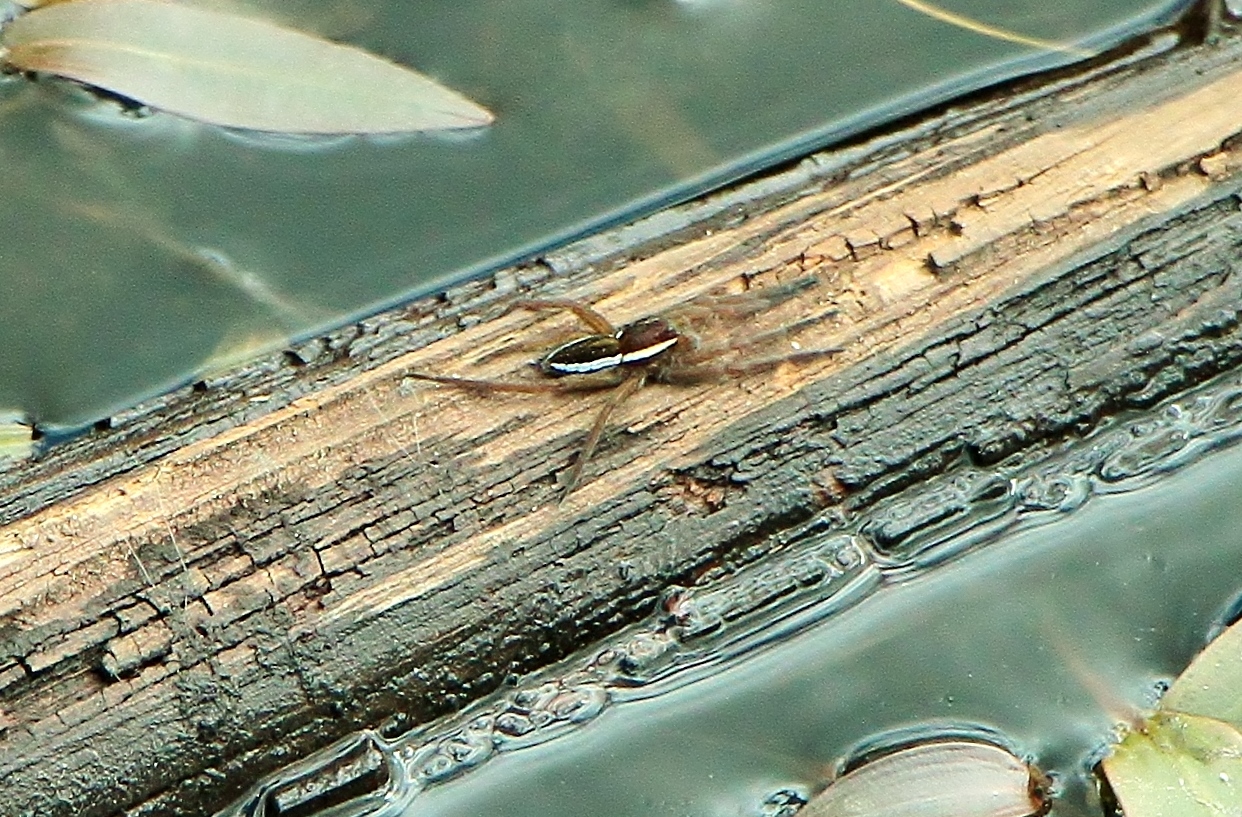
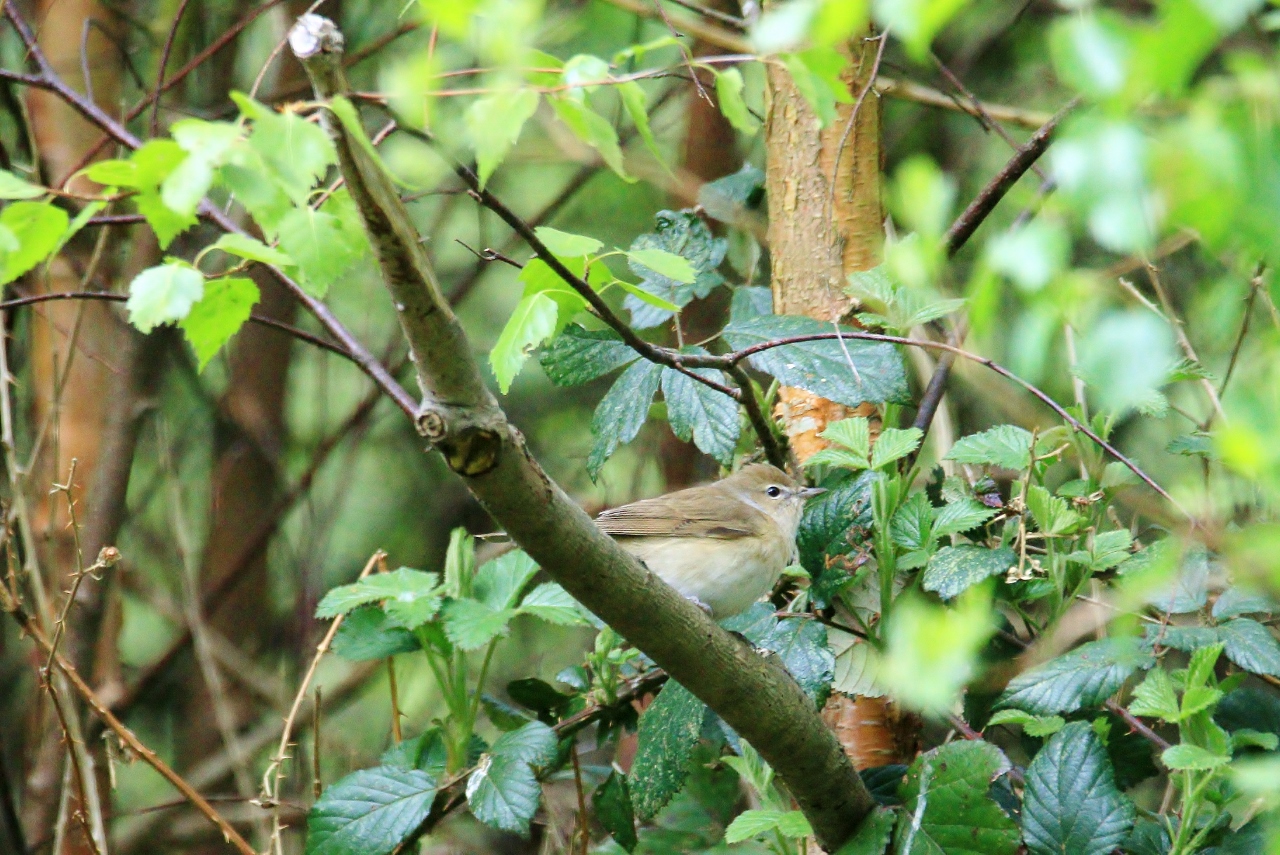
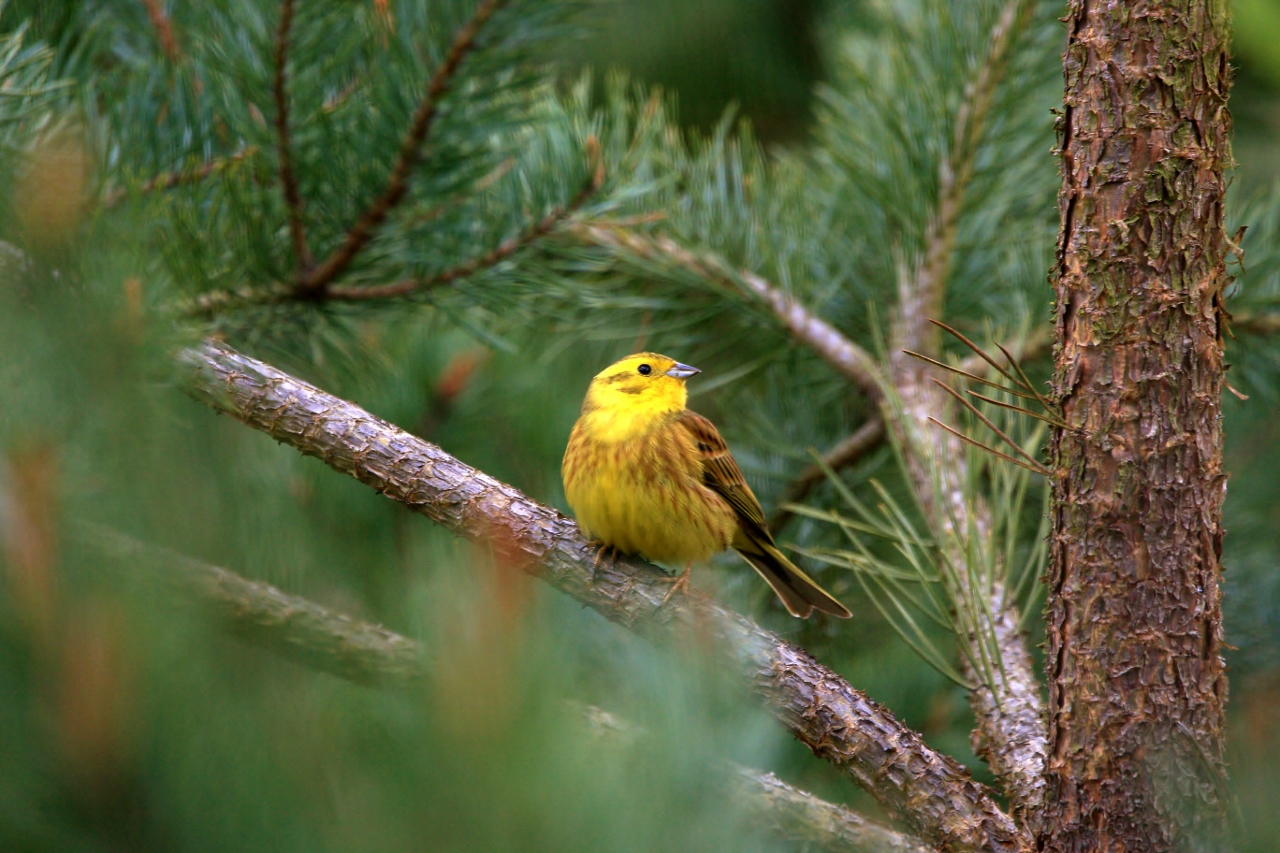

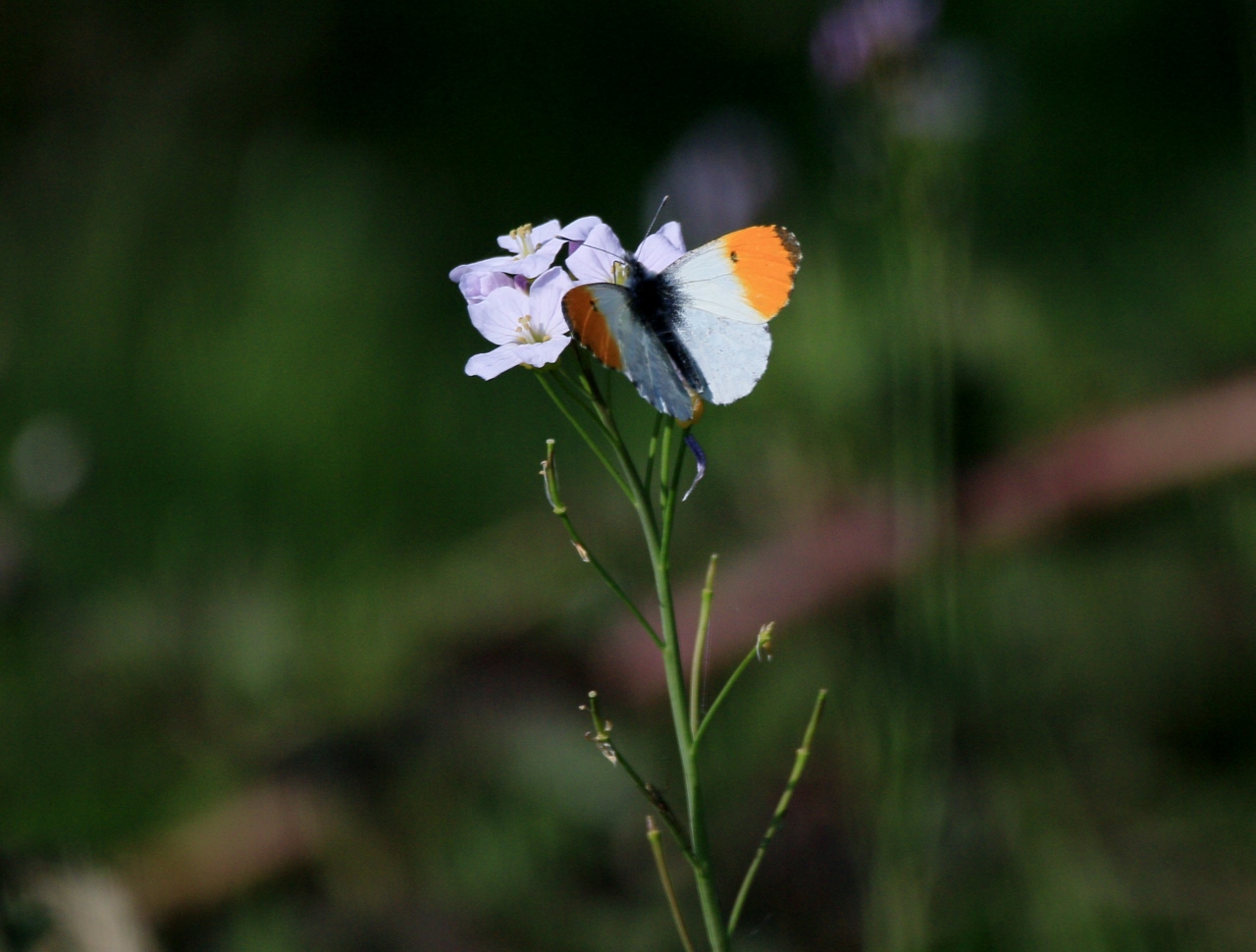


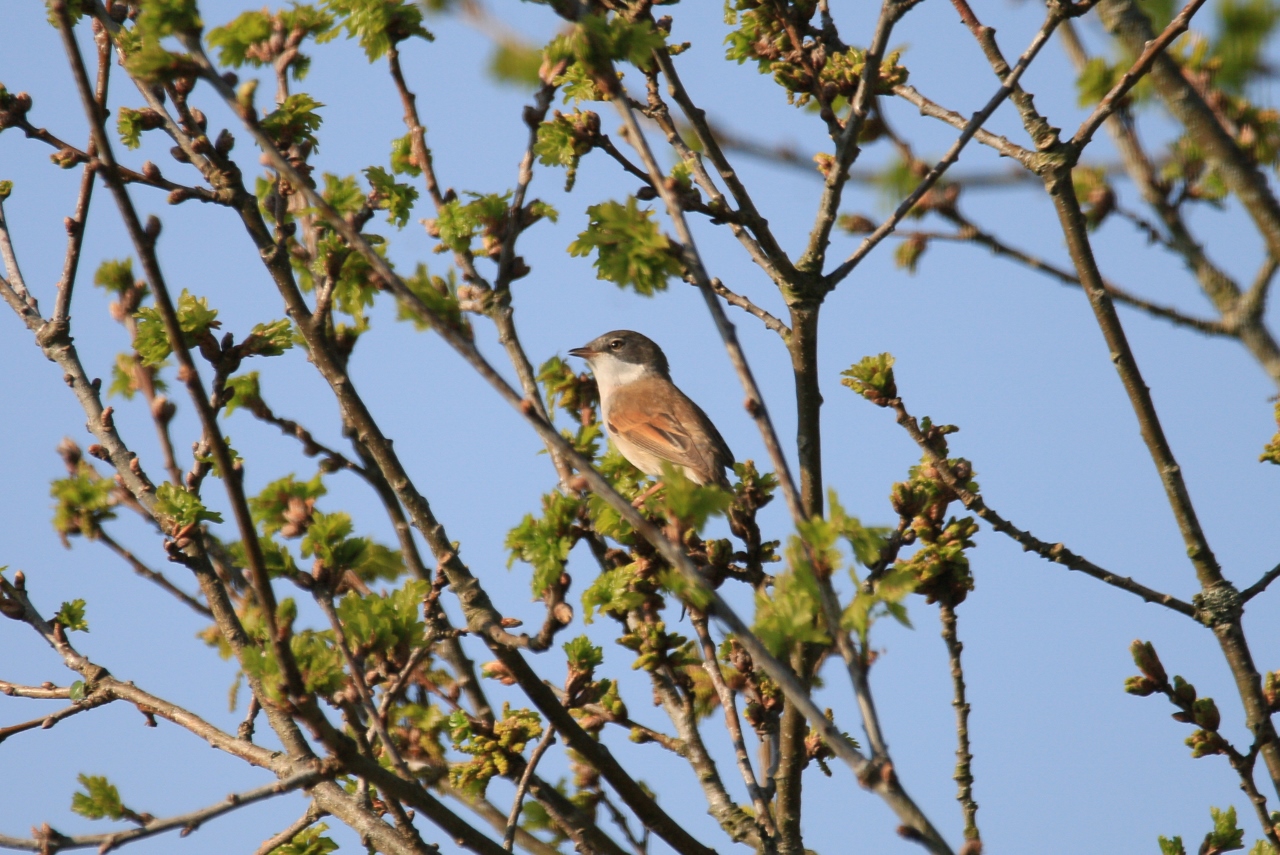

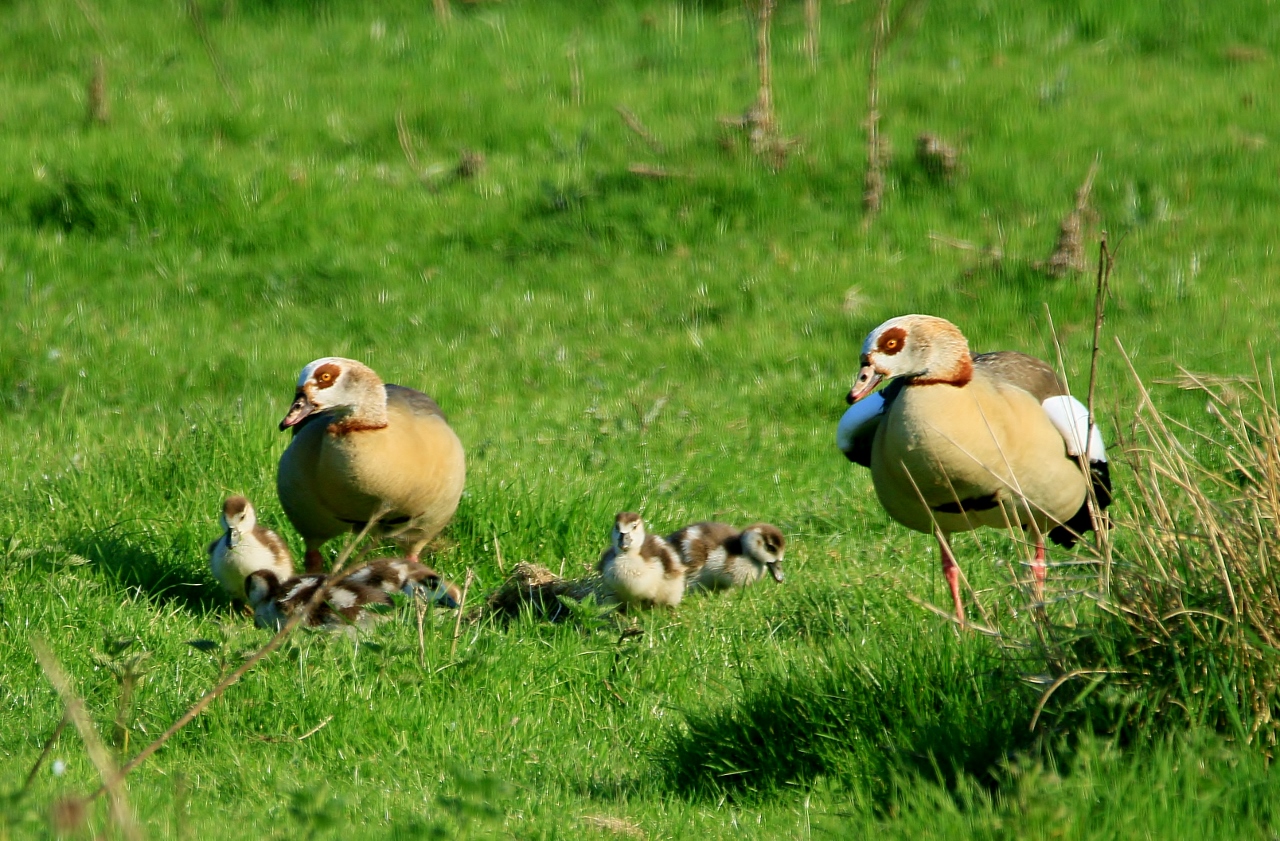
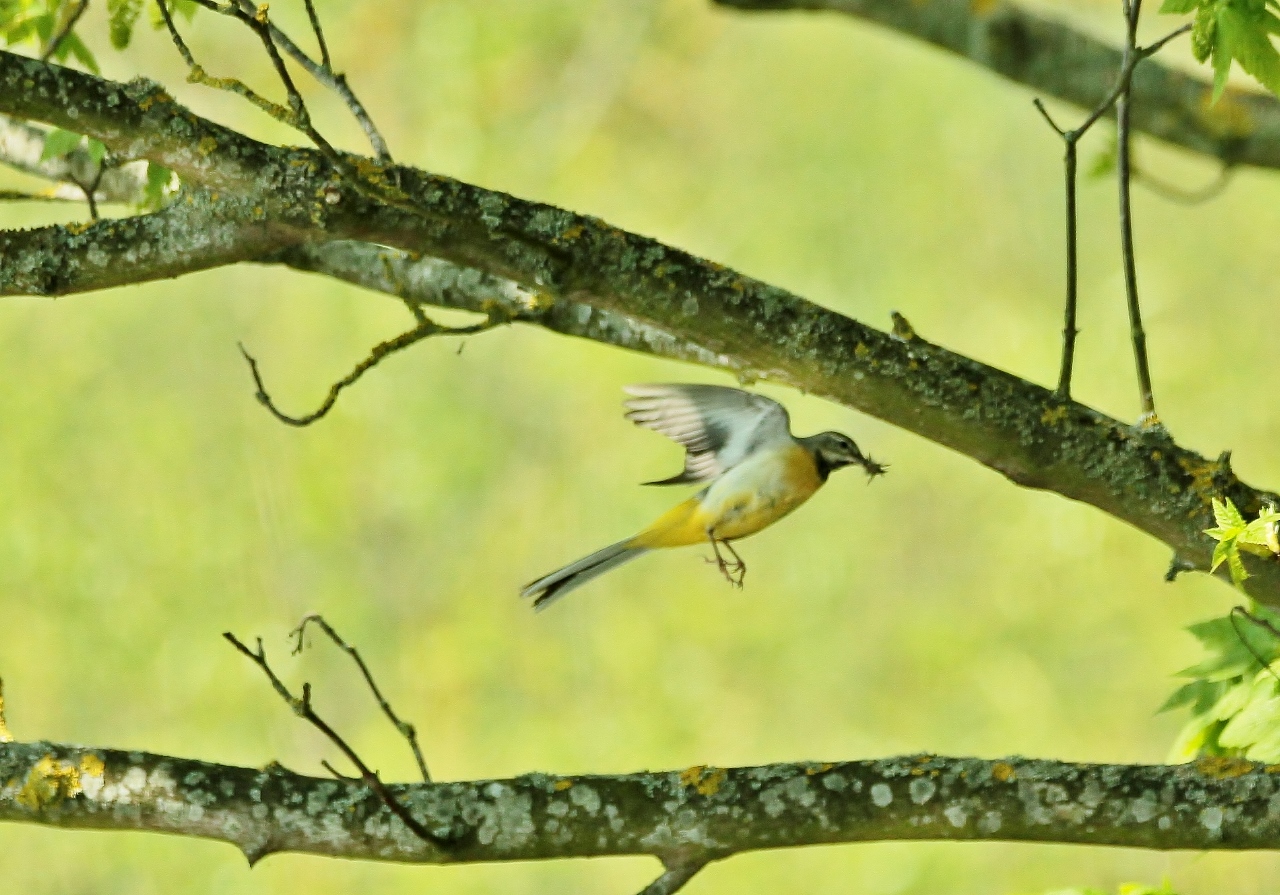
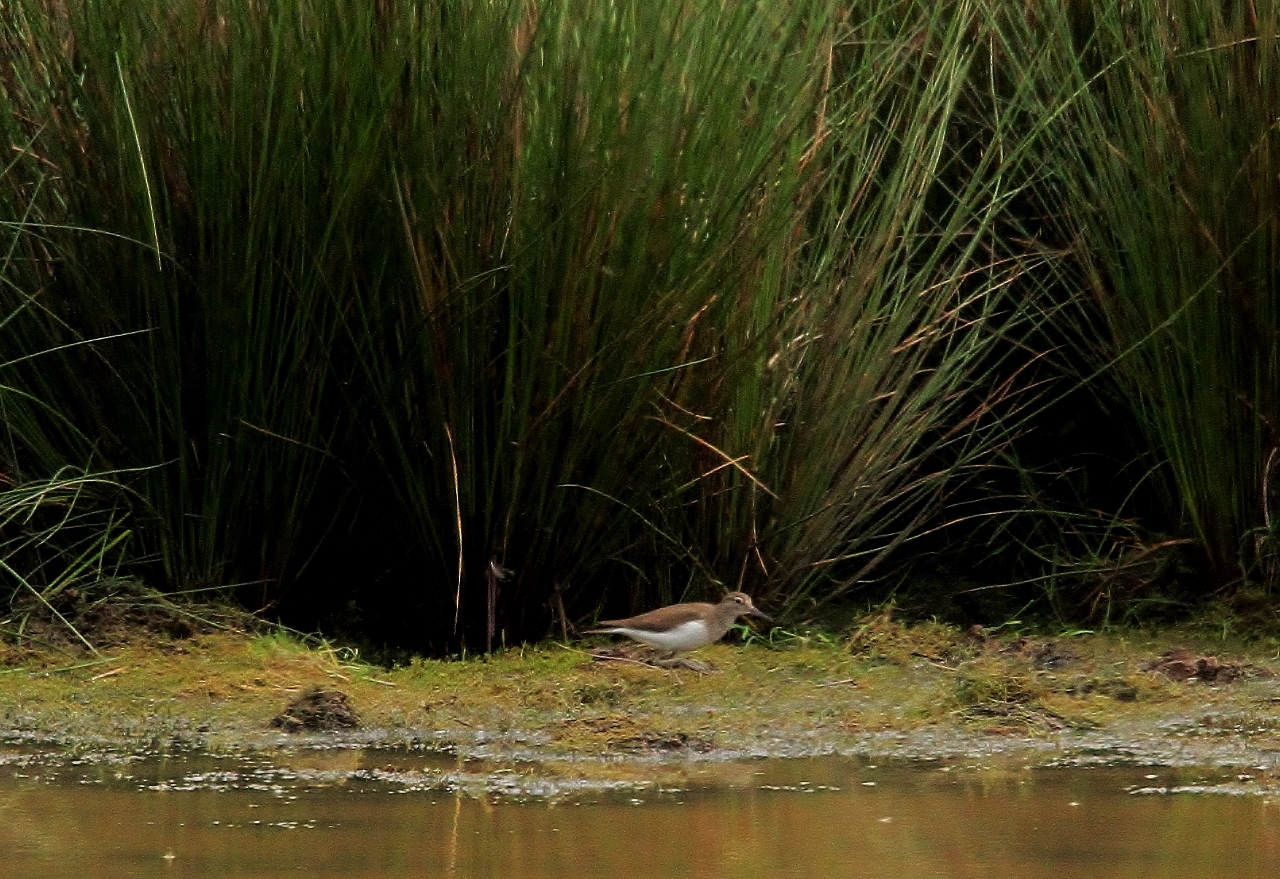
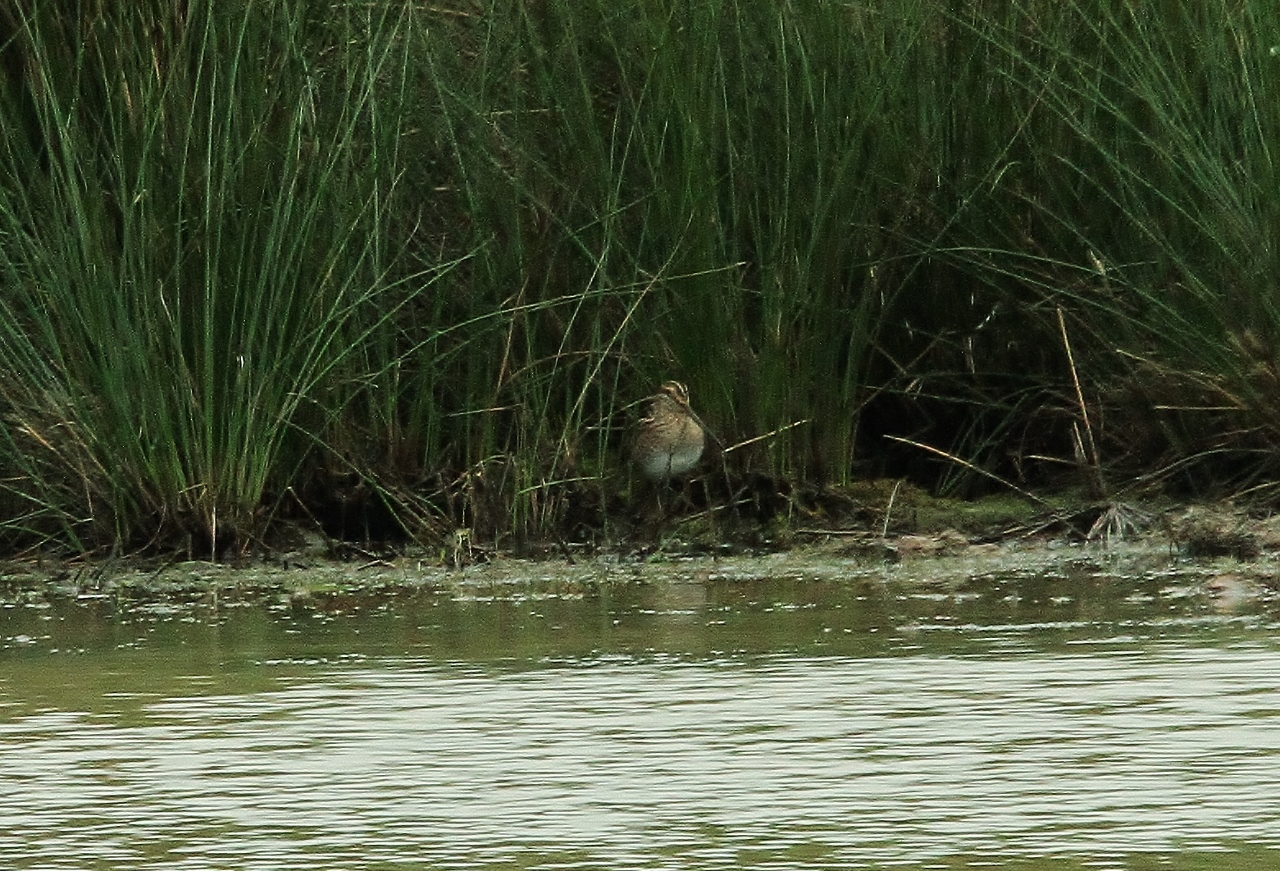
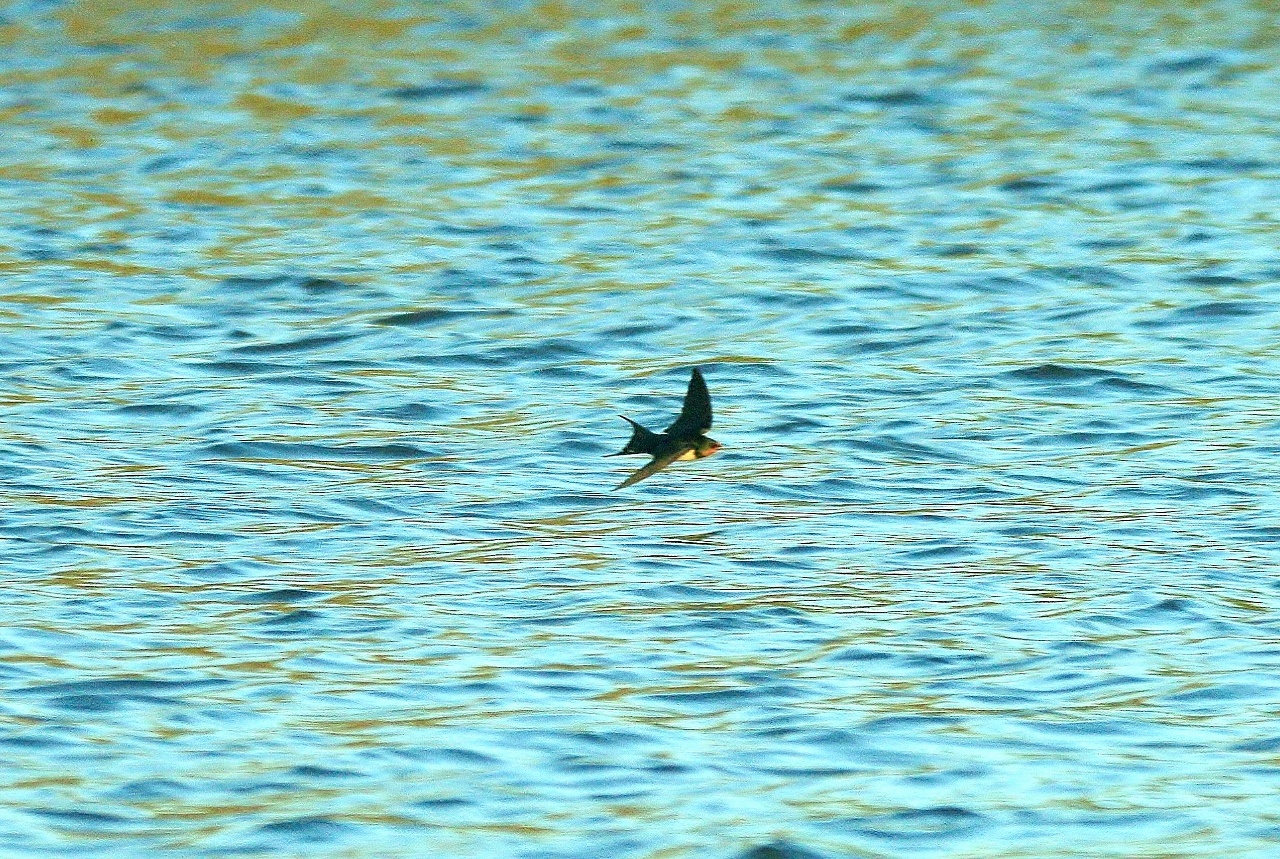
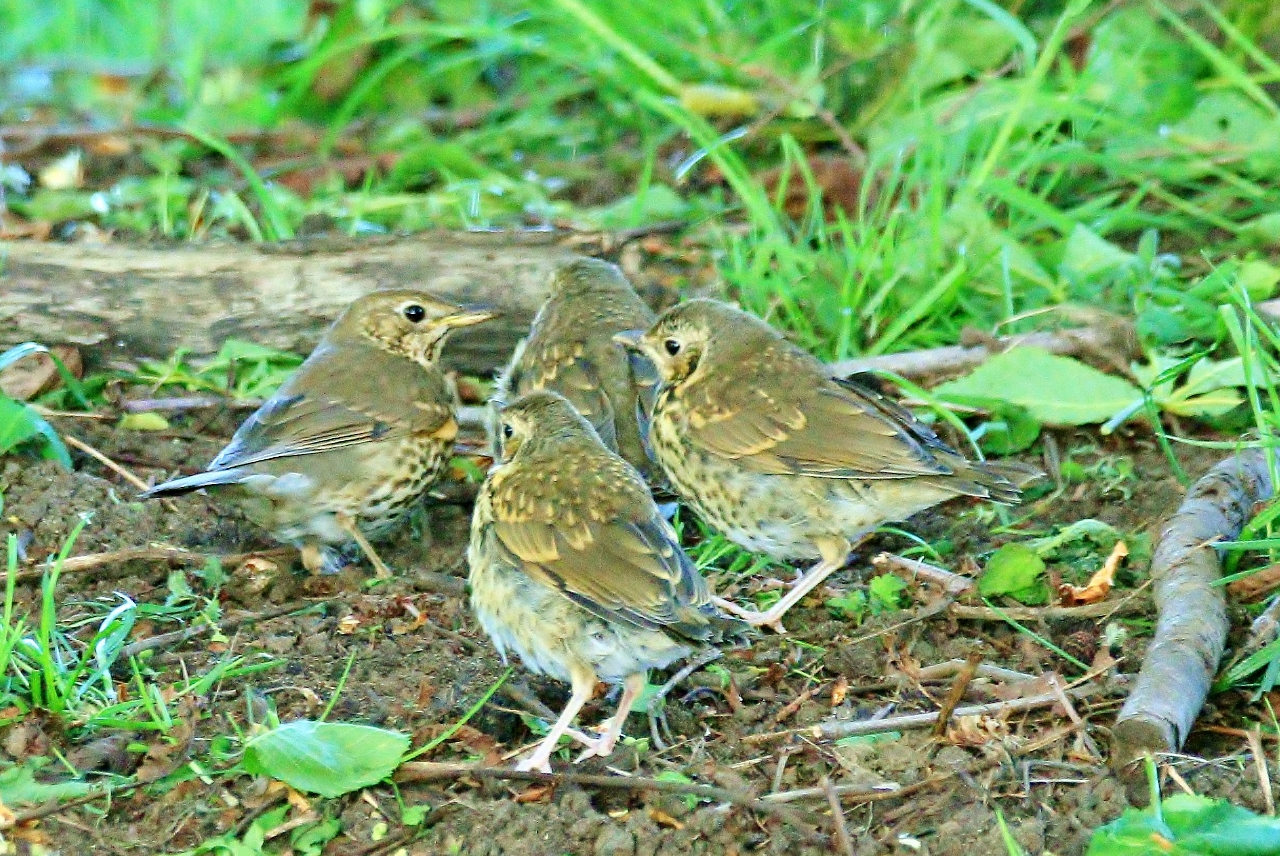






Kevin Allen
May 6, 2019 at 11:25 am
Fantastic shots Malcolm. I always enjoy you posts.
Marilyn Vincent
May 6, 2019 at 6:32 pm
Delightful post! Thank you.